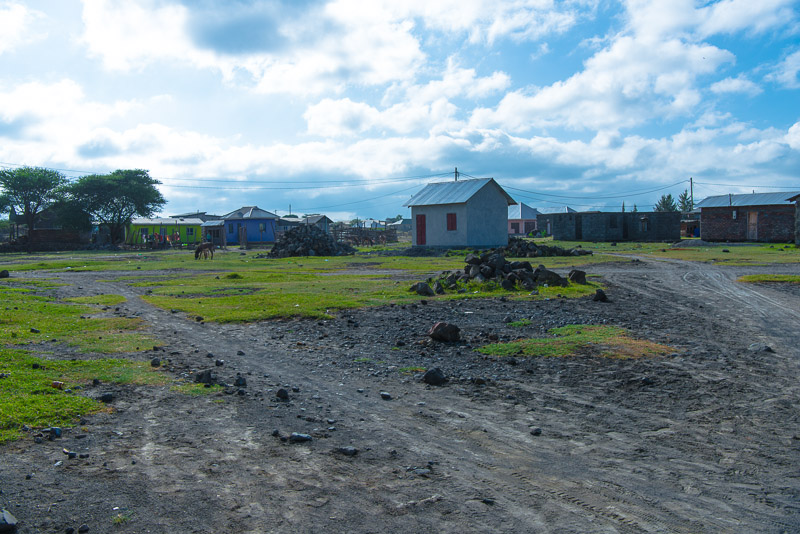
29.12.2016: Safari Day 1 - Tarangire Nationalpark.
Being to Africa, of course I also want to see a bit of the country. Originally, I have prebooked a two day safari to the Ngorongoro crater, starting on Dec 28th . But now everything changes. Tanzania has a new president, who has started to fight corruption. So, in December, he gave the order, that all entrance payments to the national parks have to be done by wire transfer or credit card. Georgina from Africa Amini Life didn´t realize this in advance, so the Safari had to be postponed for one day. Furthermore, Charles, my guide and driver, told me that we would need a whole day travelling to the Ngorongoro crater and afterwards it would be nic e to have a full day inside the crater, because it is so huge. Afterwards, driving home for 4 or 5 hours in the dark would not be appreciated, so there would be two nights outside in a camping ground. Starting on Dec. 29th, this would mean that we would come back on the 31st - however, four other Austrians, two Gynaecologists and a dentist and his helper, had planned to start for a Safari on that day for the Tarangire National park. It happened that they also were present in the office when I discussed this with Charles, so we quickly agreed to join together for both goals. So, I see a second national park, and as we all only need one car (and one cook), it is cheaper anyway.

First we have to refule the car and repair the spare tyre in the neighbouring village Ngare Nanjuki.
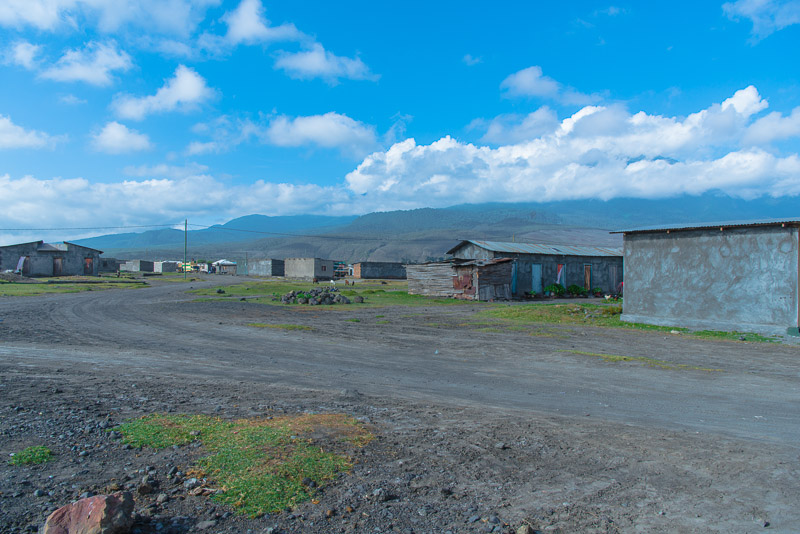
Mount Meru in clouds.
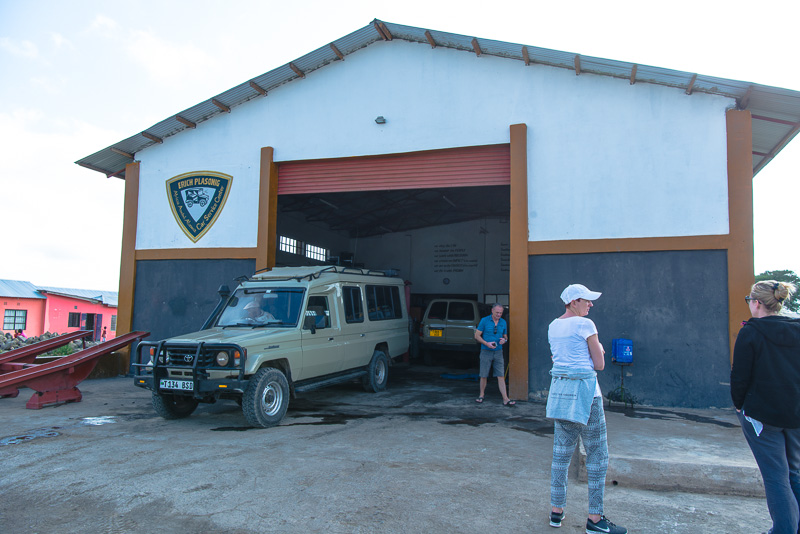
Peter, Andrea and Kerstin also waiting for the spare tyre to get a new tube and inflated with air.
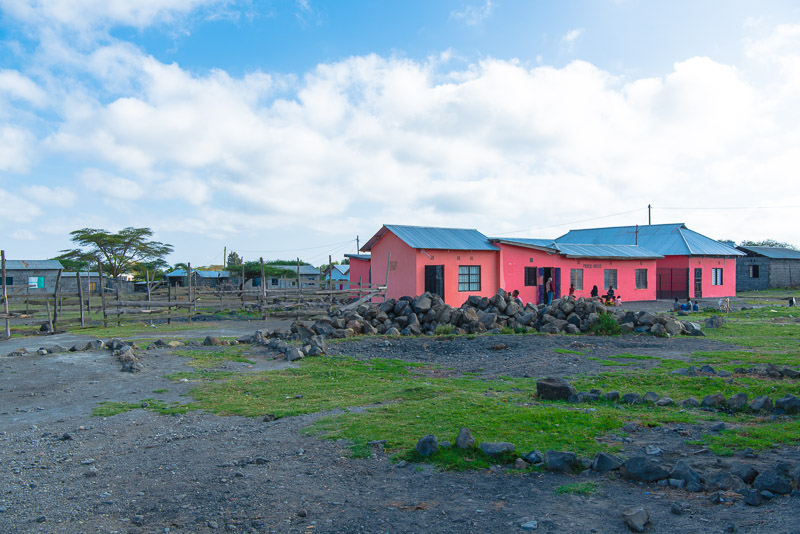
Houses in Ngare Nanjuki - these are the better ones!
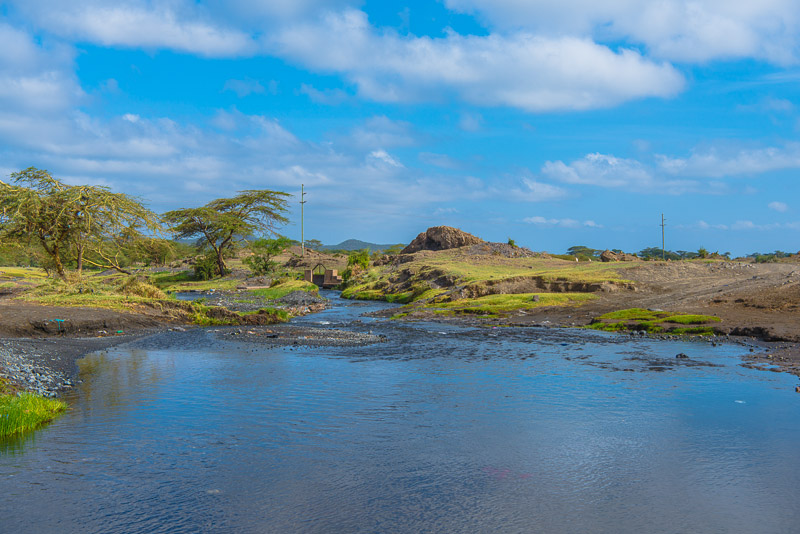
Bridges not everywhere- sometimes the drive goes through a ford. This route wouldn´s be passable during rain season.
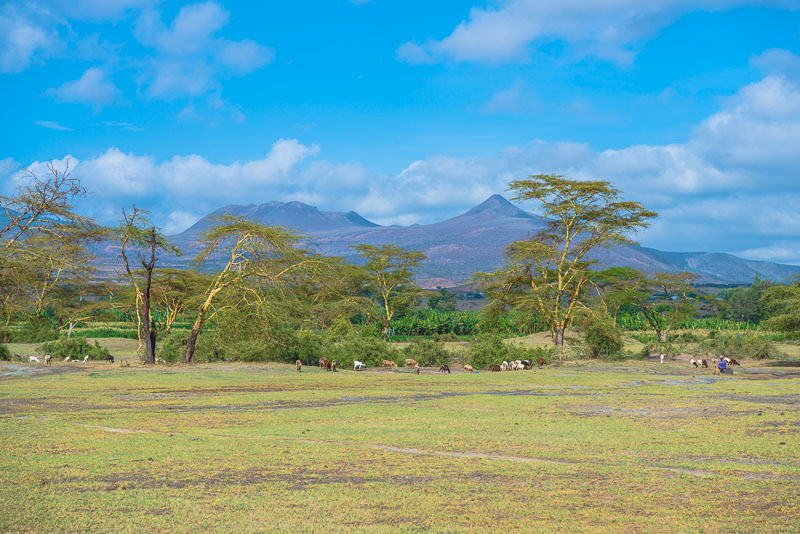
A few pictures through the open window of the moving car: Mukuru Peak ...
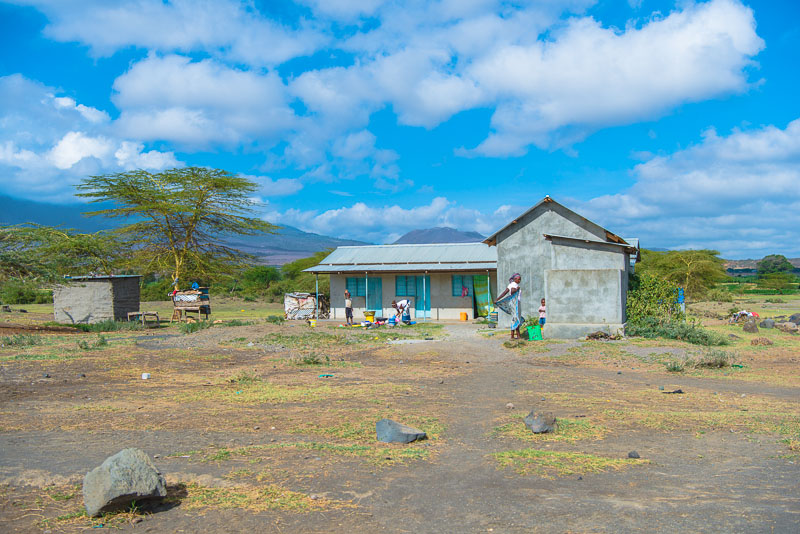
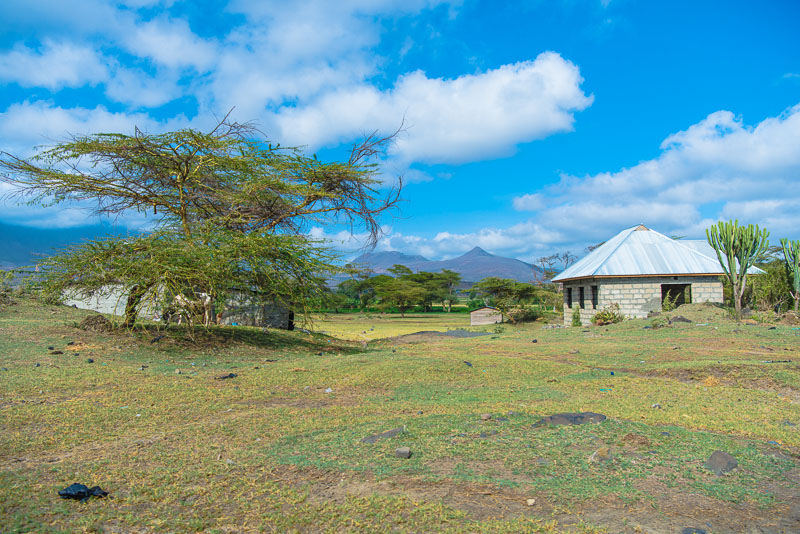
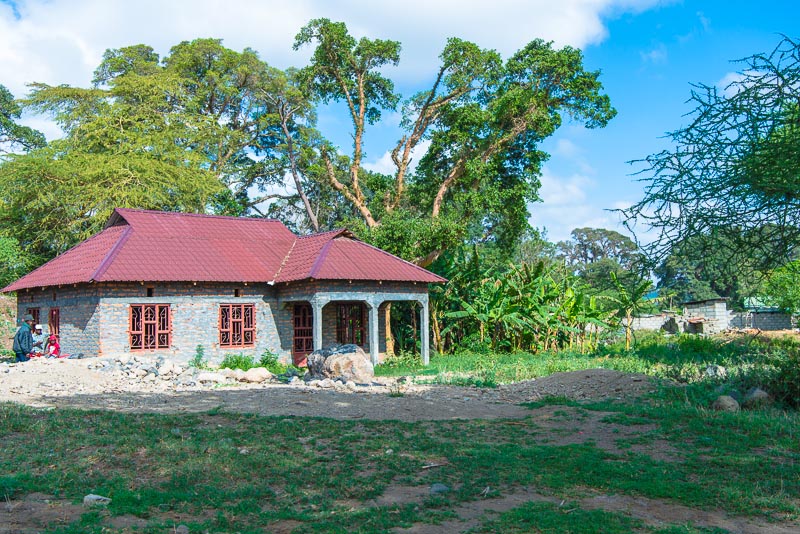
Here seem to live the more properous people.
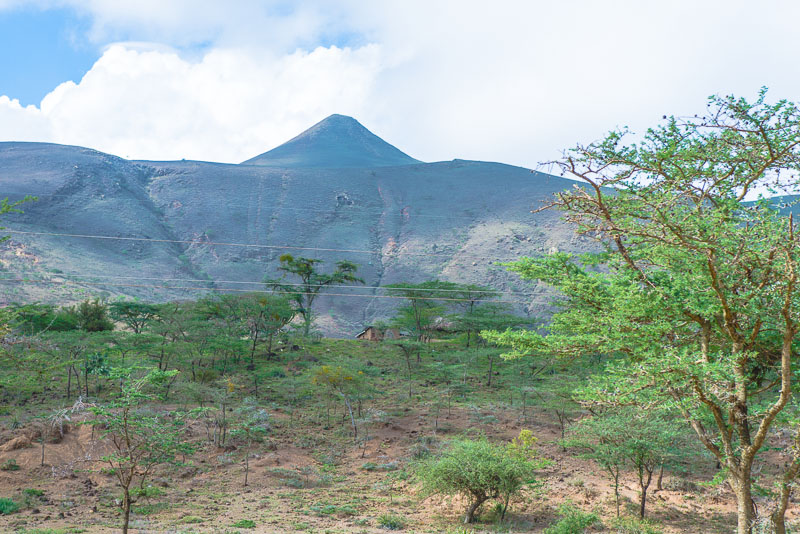
Mukuru Peak: a perfect volcanic cone.
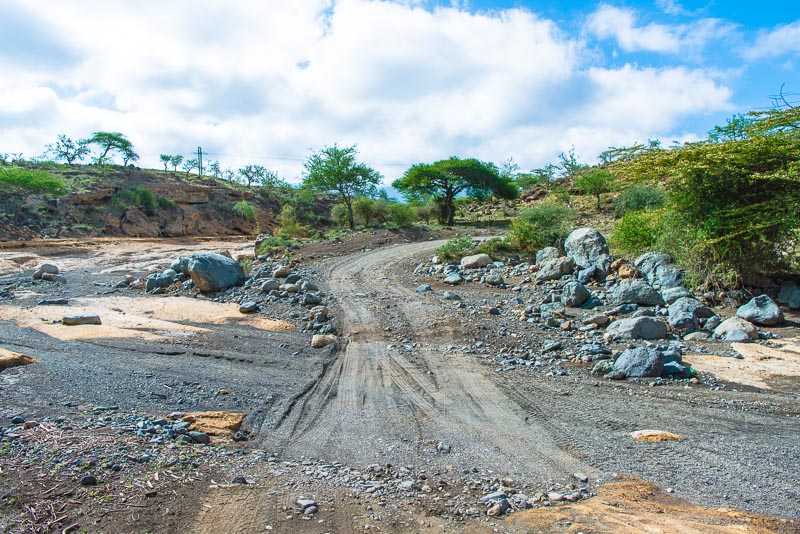
The smooth slope down Mount Meru and Mukuru, respectively, is cut by some deep ravines. No water in here at the moment.
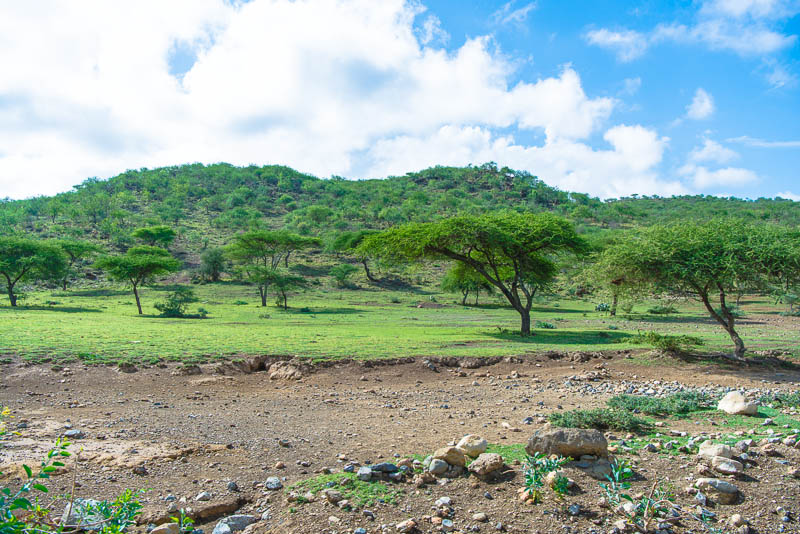
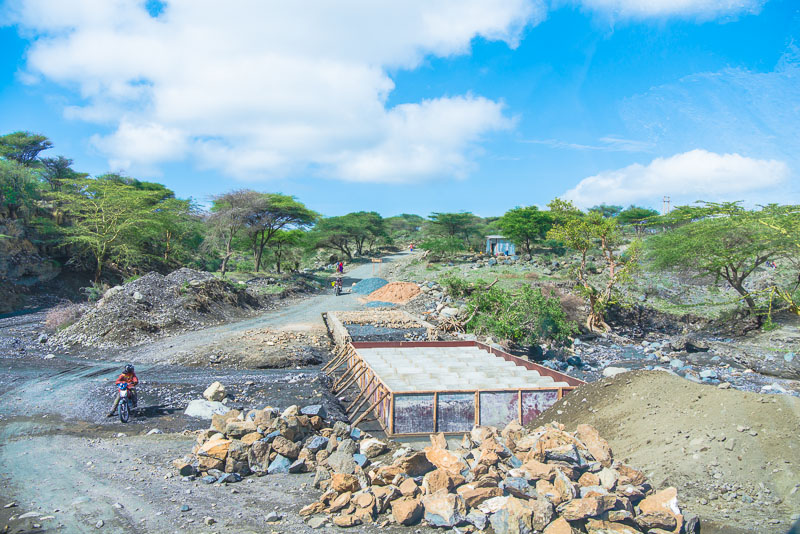
Road under construction, even in this remote place.
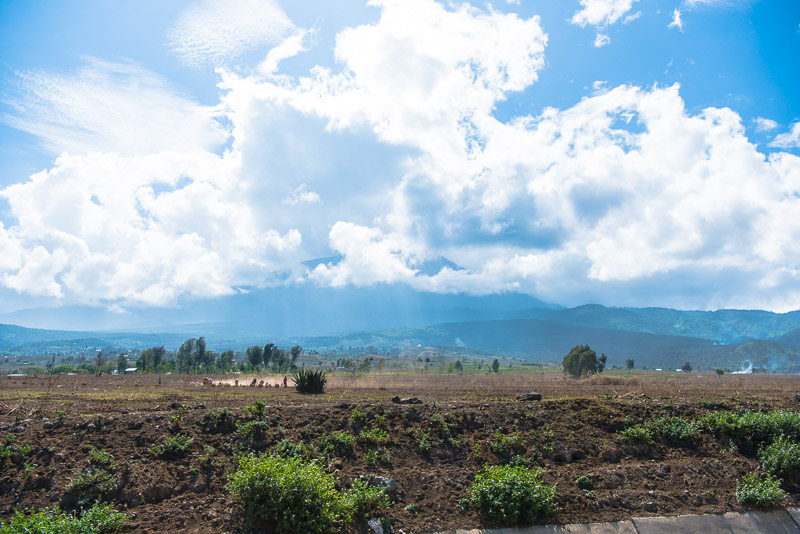
We circle around Mount Meru on its northern side.
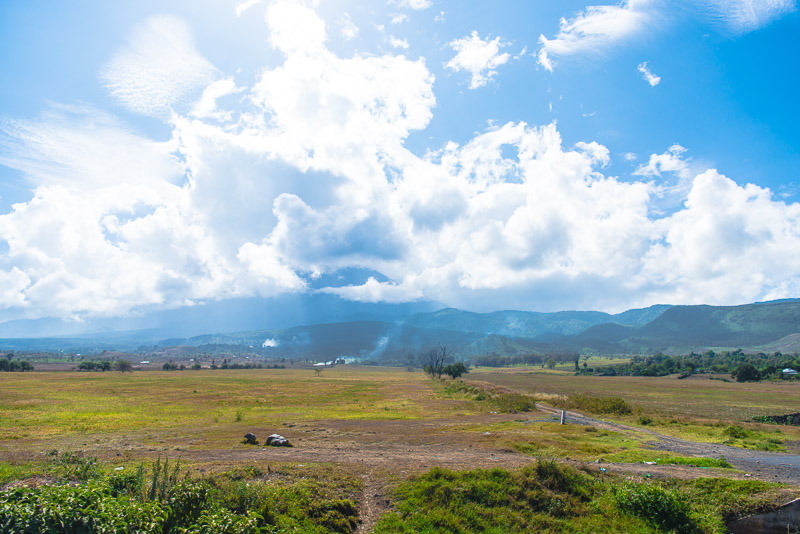
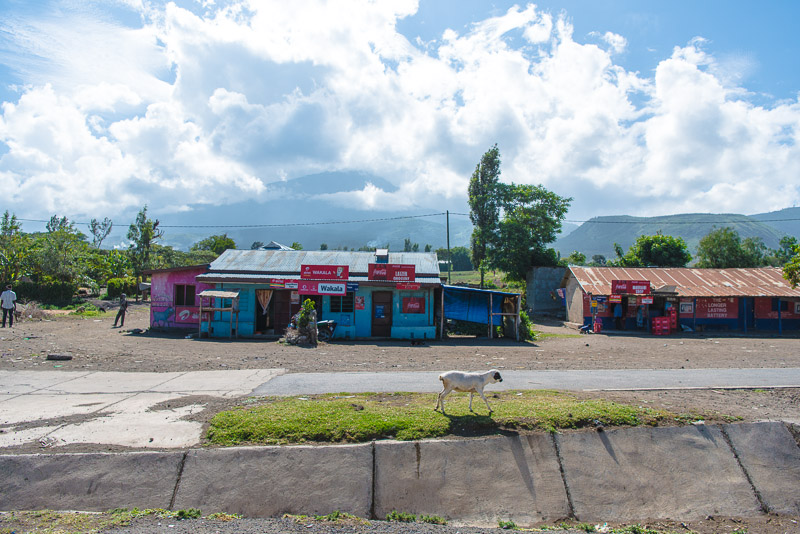
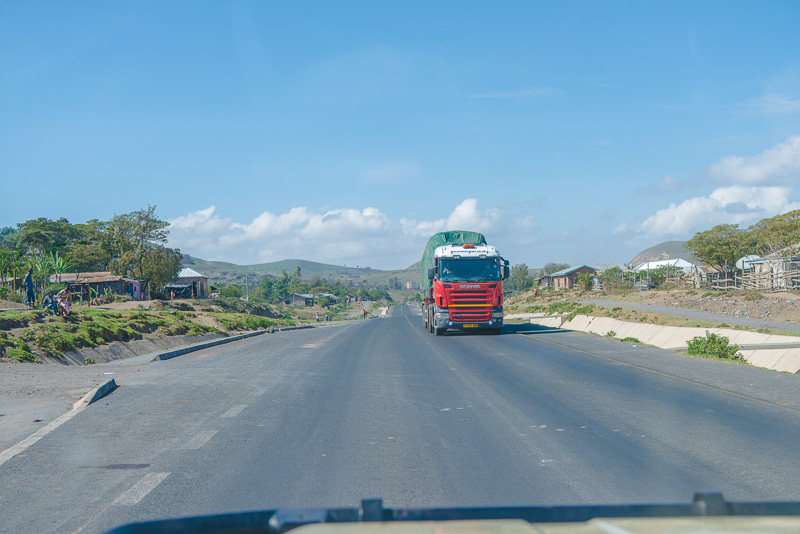
We now have joined the main road between Nairobi and Arusha - no highway, but a modern construction with a good tarmac surface.
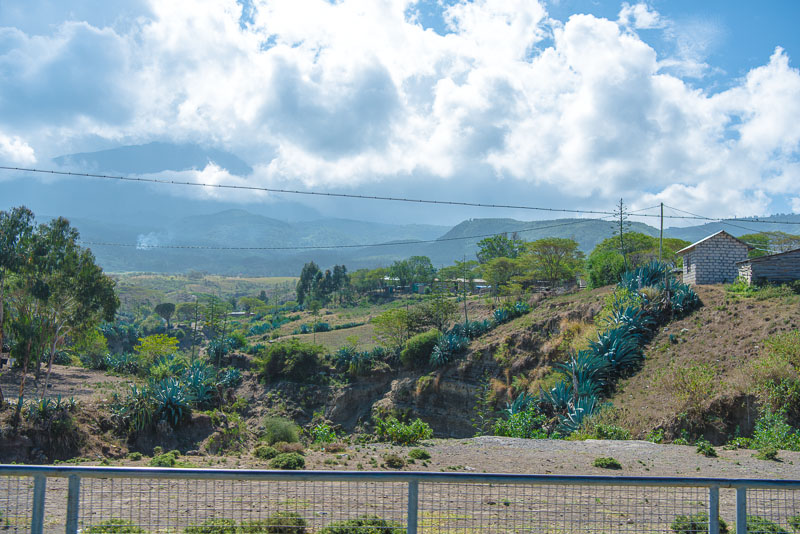
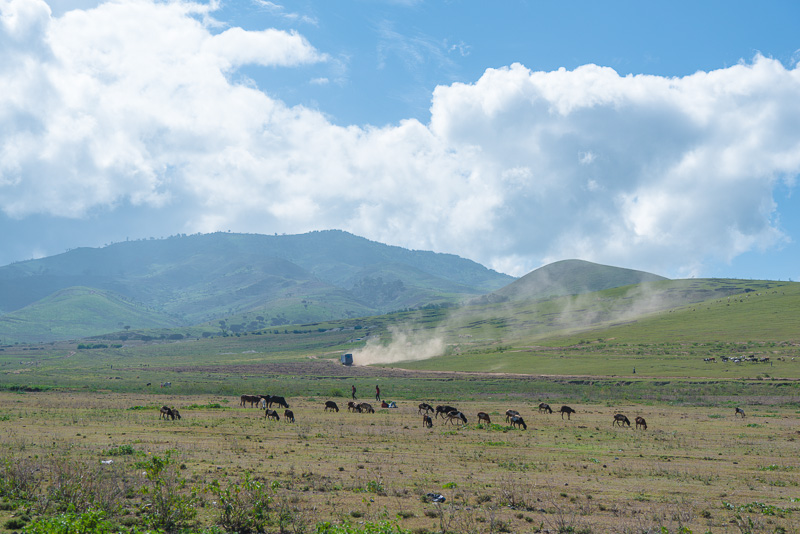
Meru
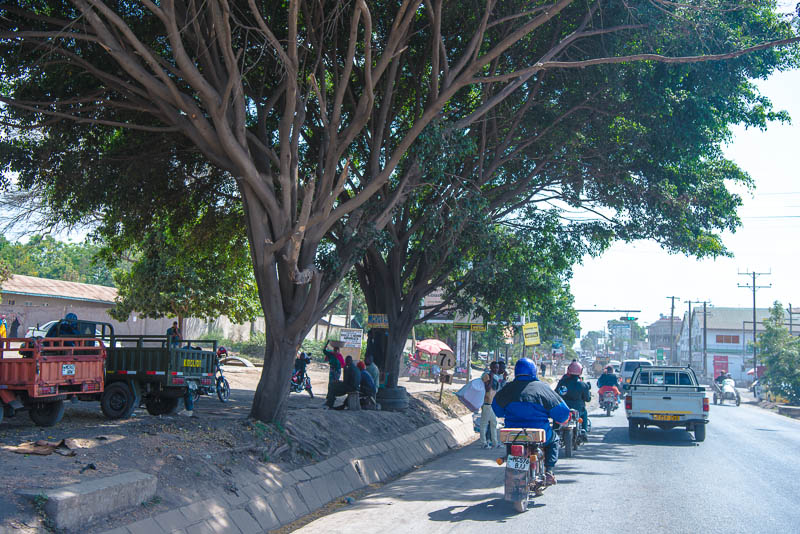
We have reached Arusha. Asphalt street, but no asphalt on the pavements - only dust (or mud during rain season).
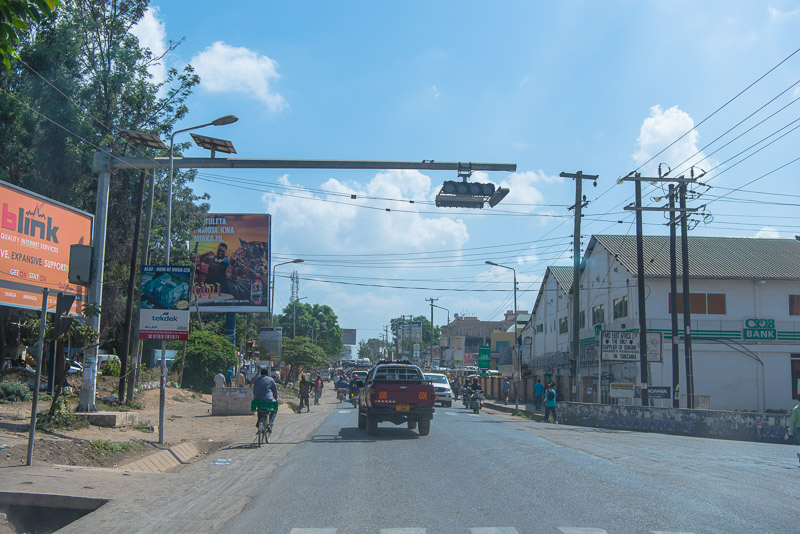
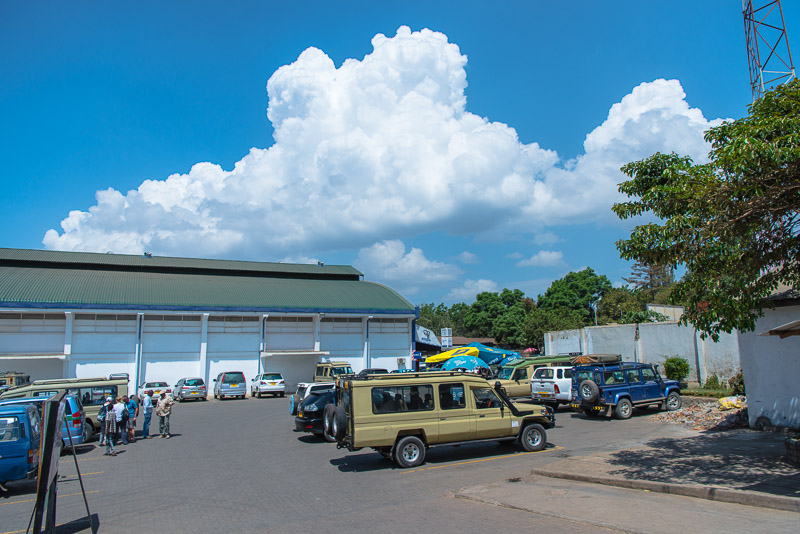
We stop for shopping in a super market with European standards.
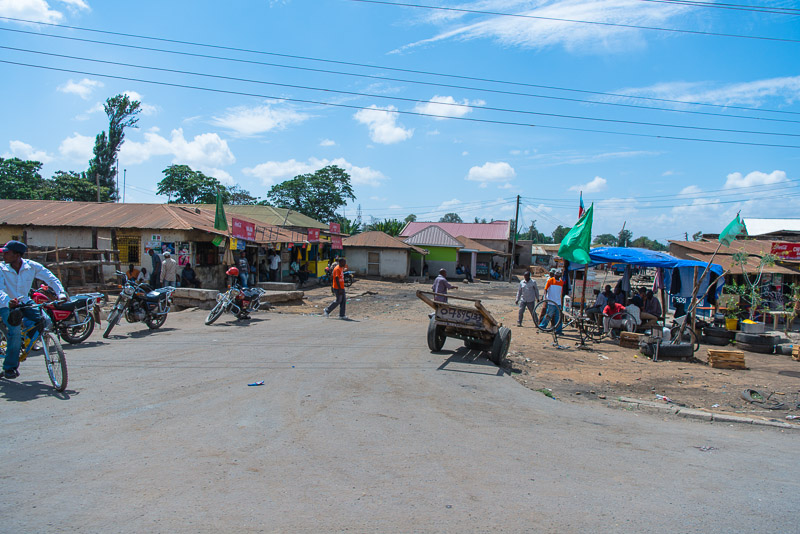
A few metres afar shops along the street.
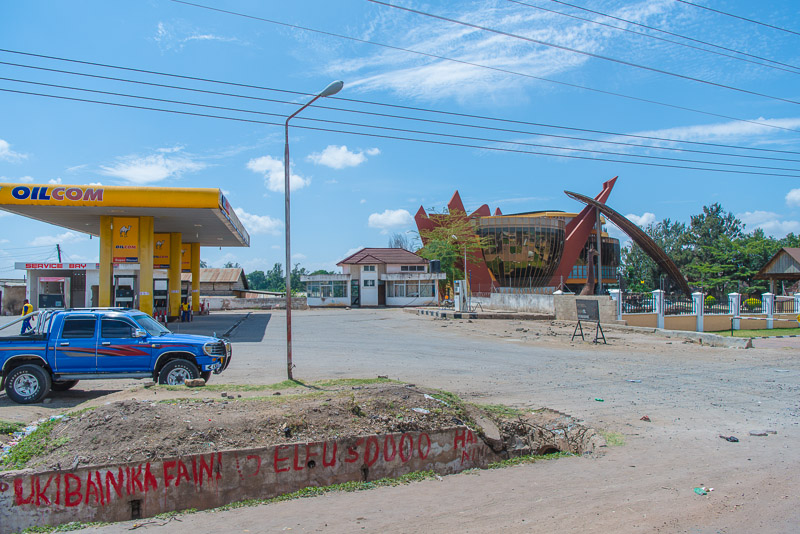
Gas station and a super modern glass palace. Huge differences!
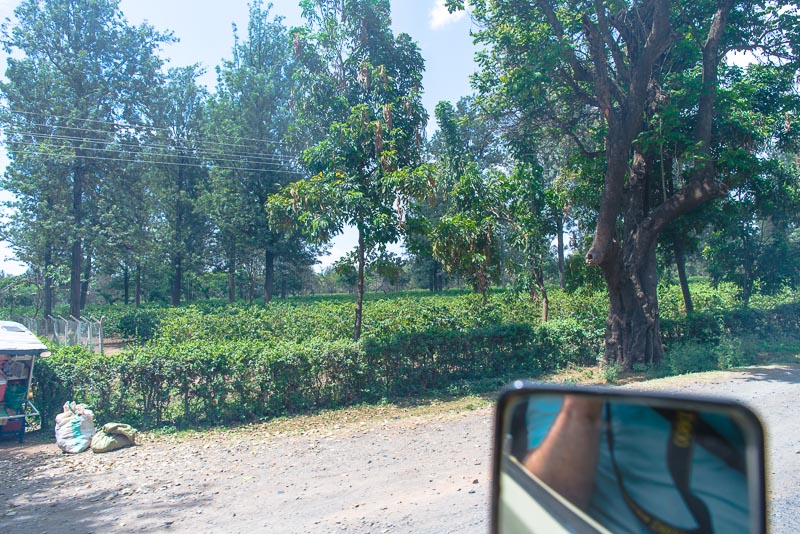
Coffee plantation at the outskirts of Arusha. Enough water here due to Mount Meru being rather close.
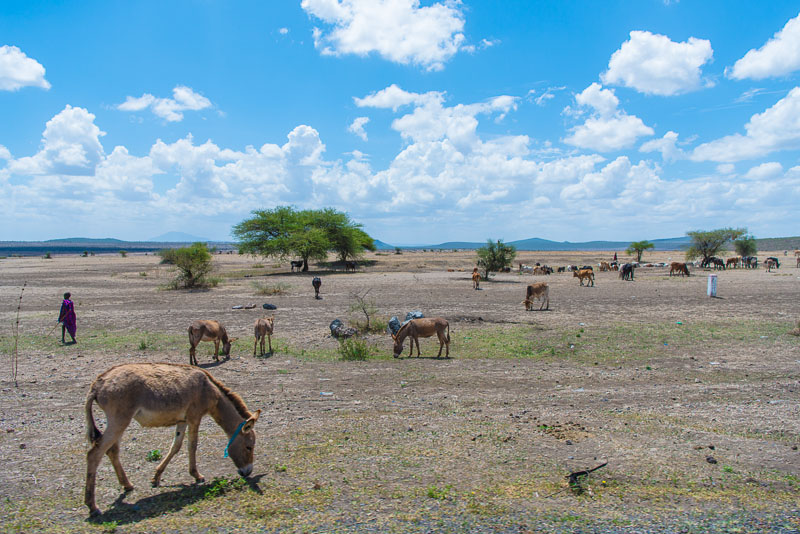
A bit further - torrid Maasai land along the road.
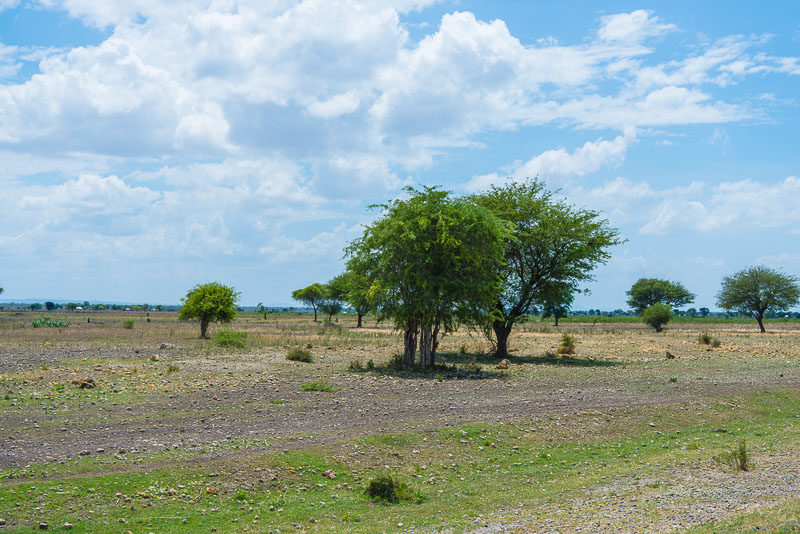
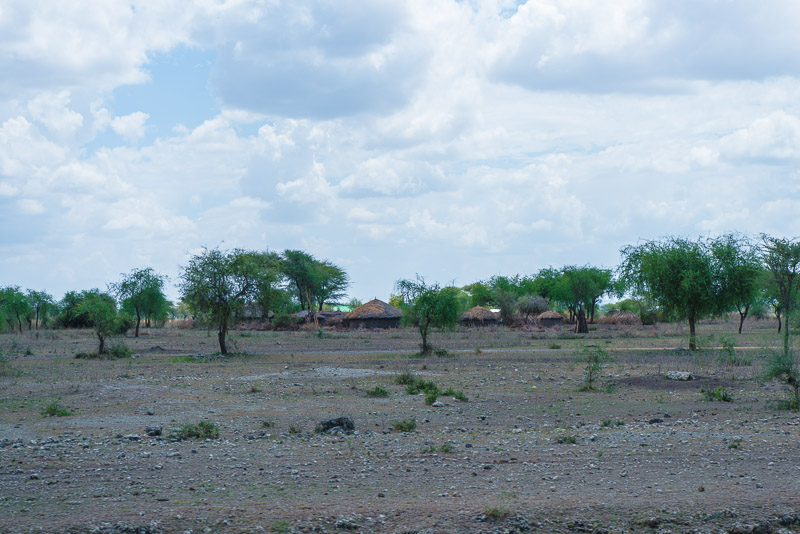
Maasai huts
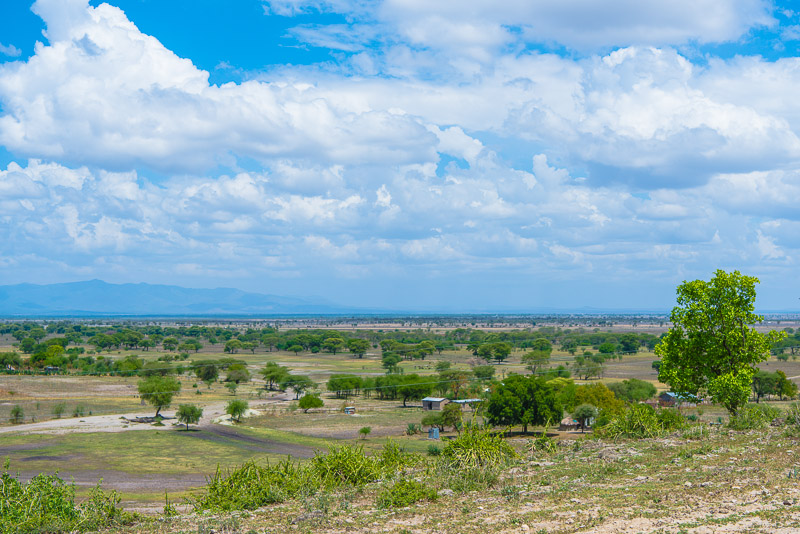
A bit deeper situated areas have a bit of water, so they are much greener.
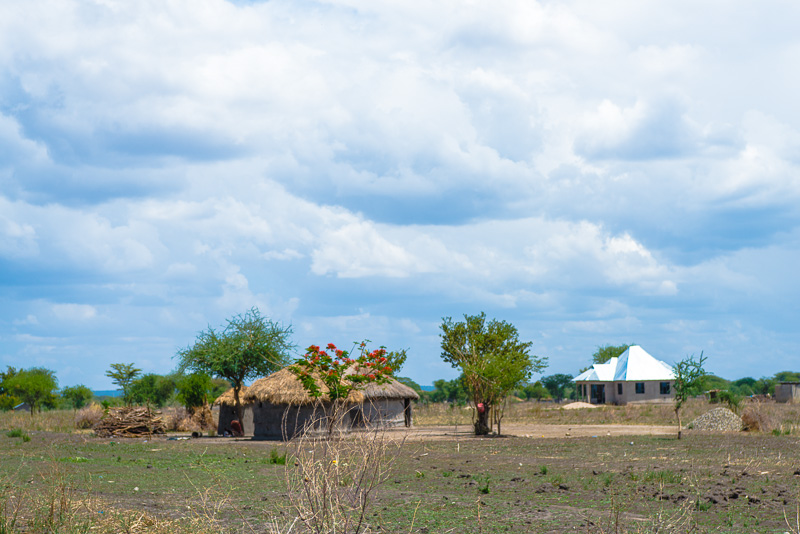
Old huts and new houses ...
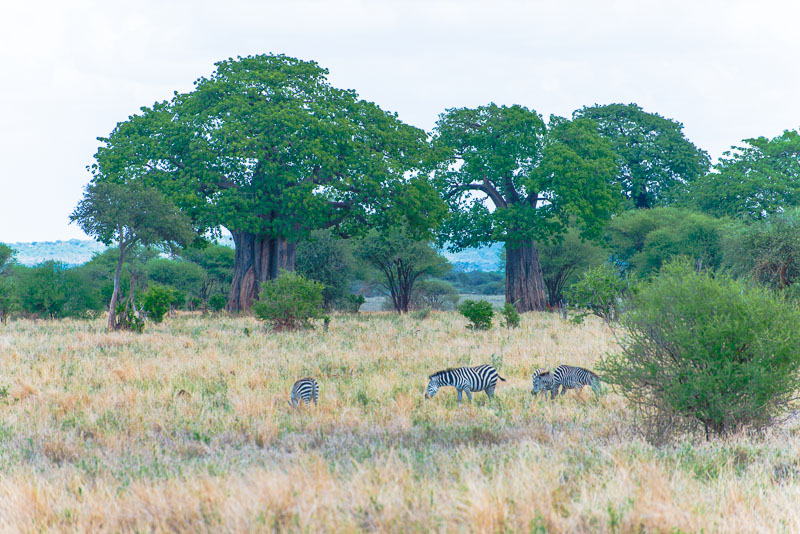
Arrived in the Tarangire National park. After nearly an hour of waiting at the gate for the formalities, we enter the park. First Zebras.
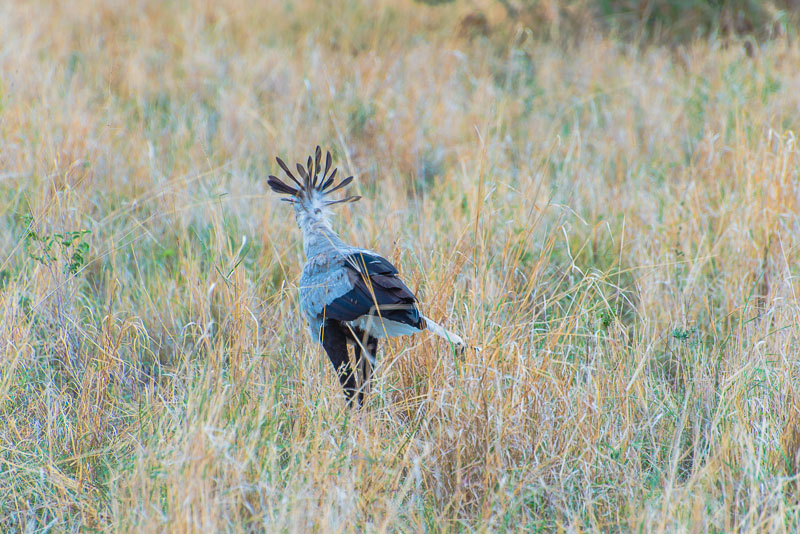
This bird is named "secretary bird" (Sagittarius serpentarius), due to the feathers on the head looking like writing feathers put behind the ears of former days´ secretaries.
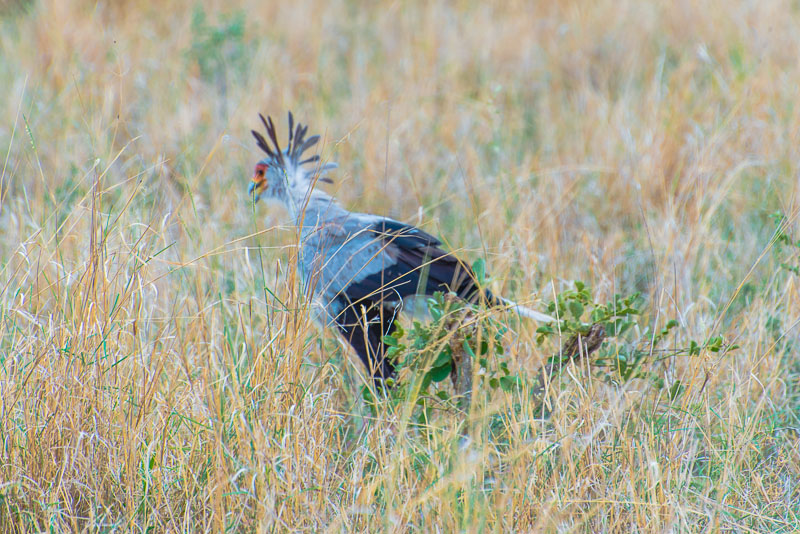
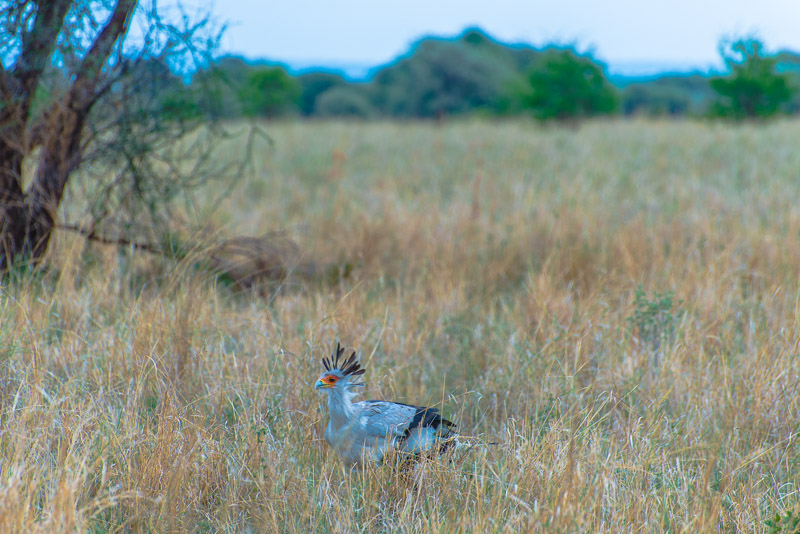
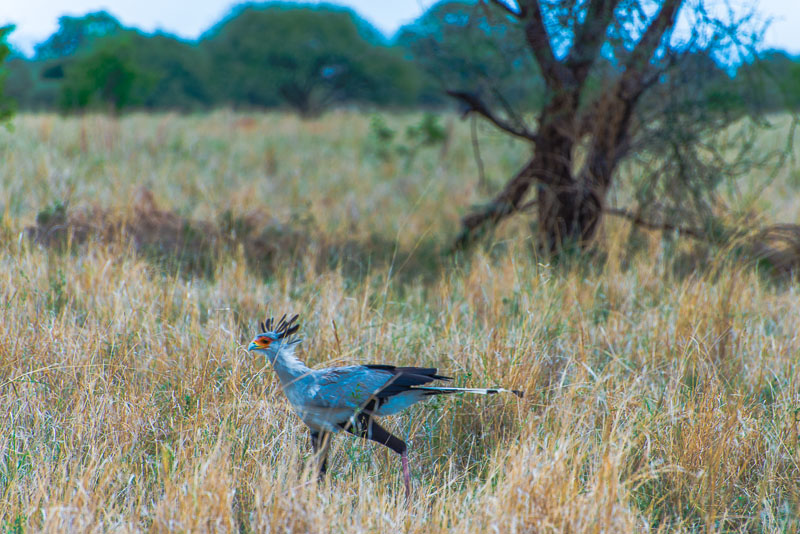
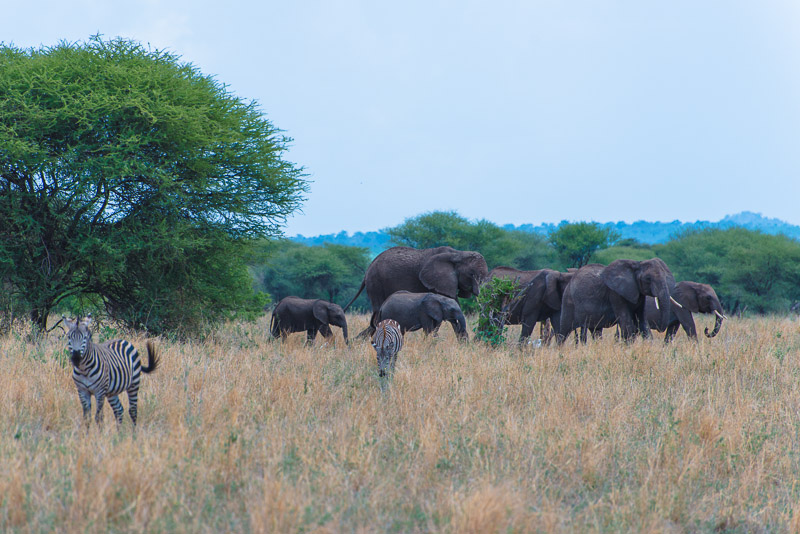
First elephant herd (Loxodonta africana).
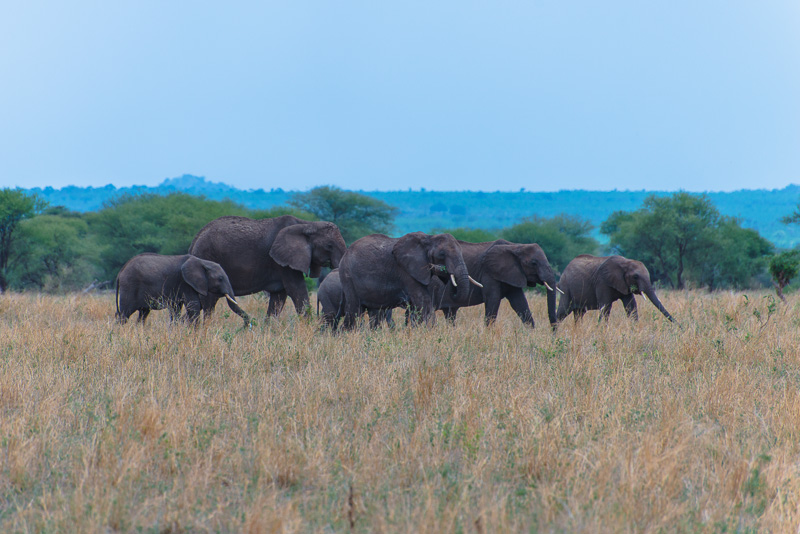
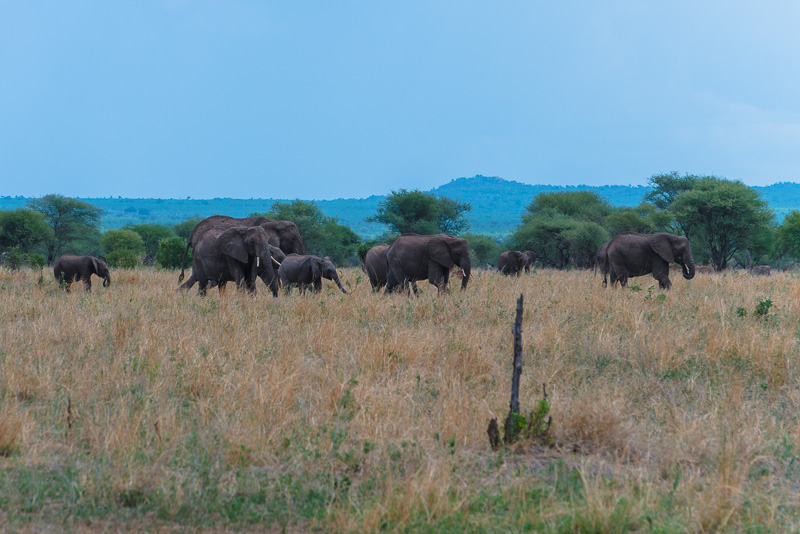
Completely unimpressed by the tourists´ cars ...
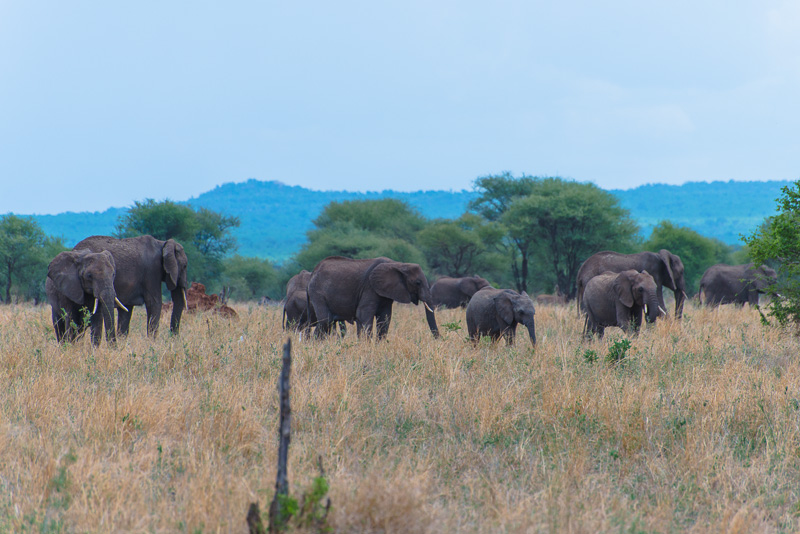
... they walk around.
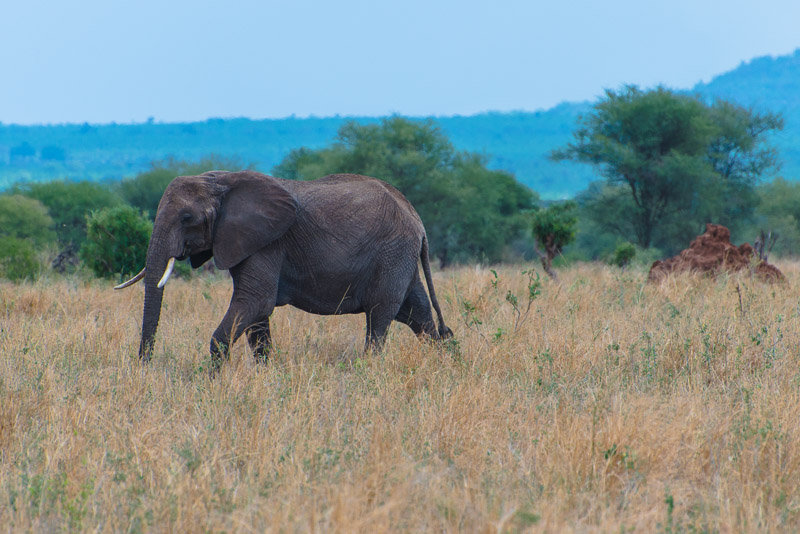
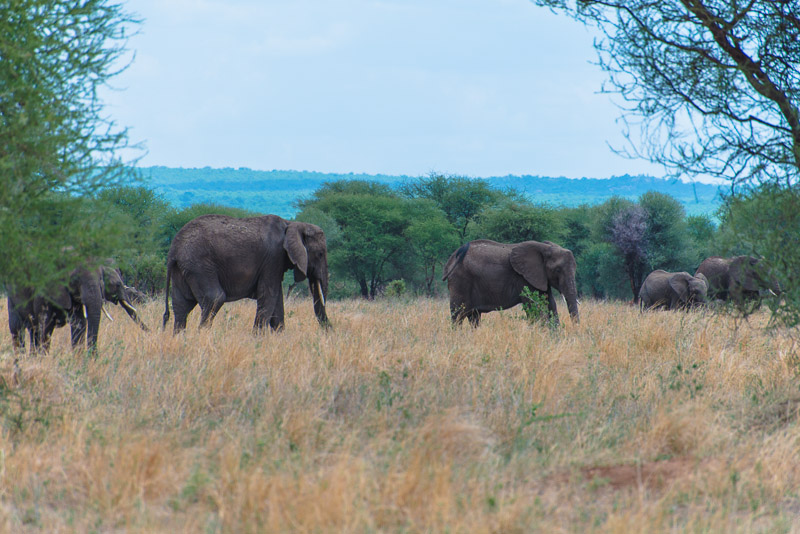
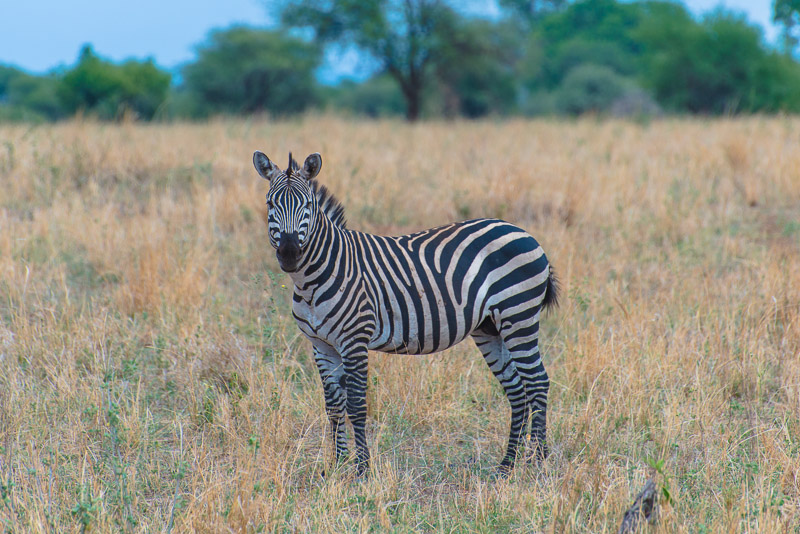
"What are you doing here?"
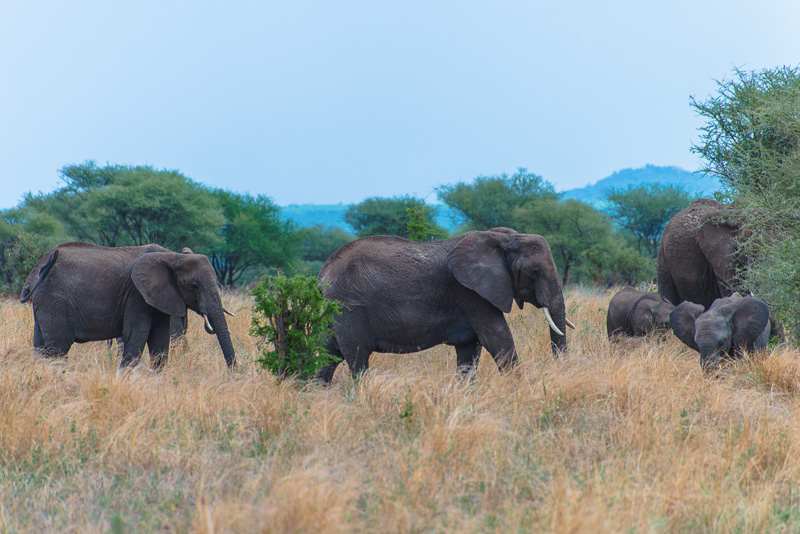
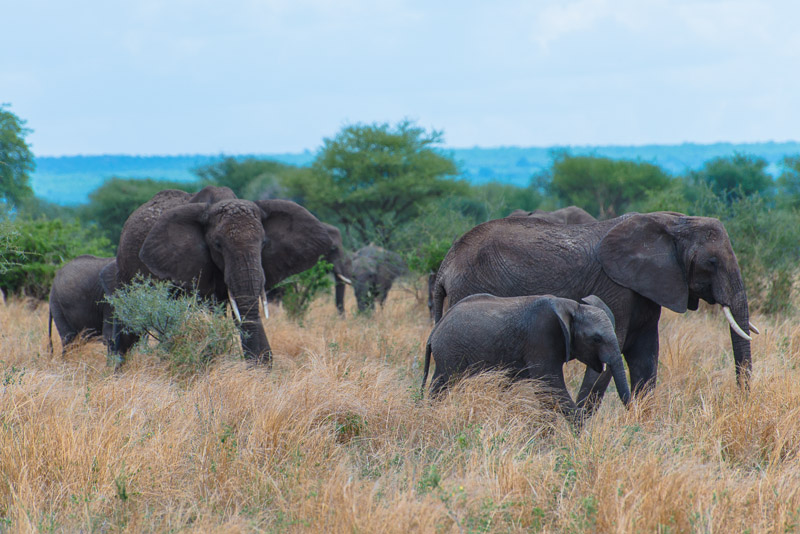
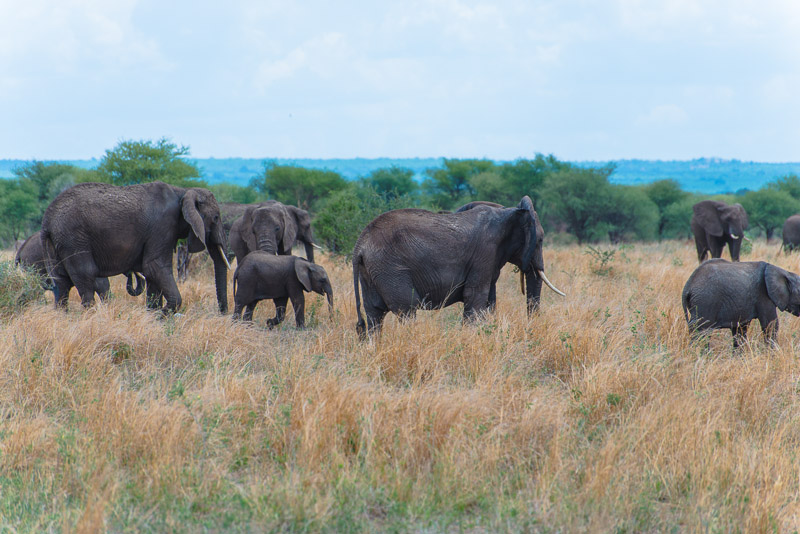
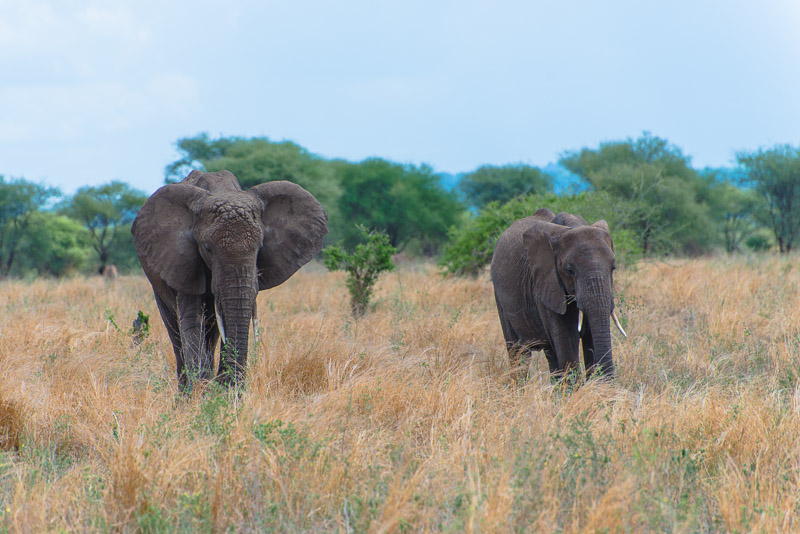
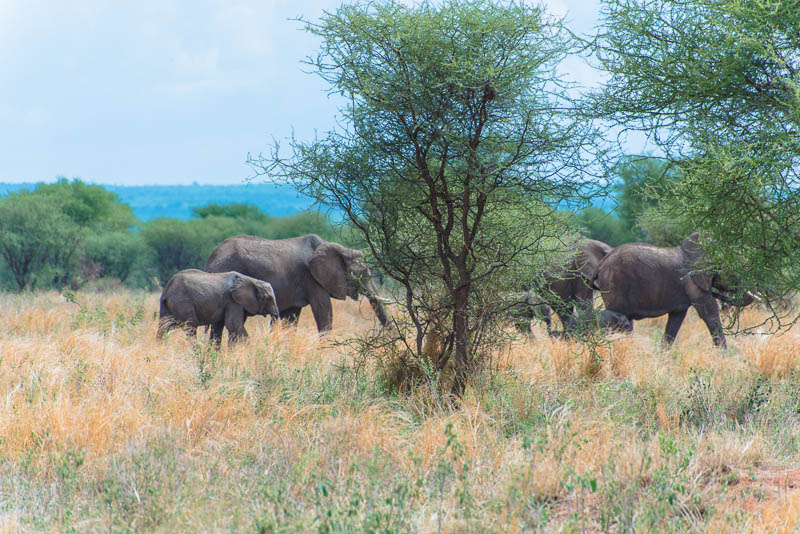
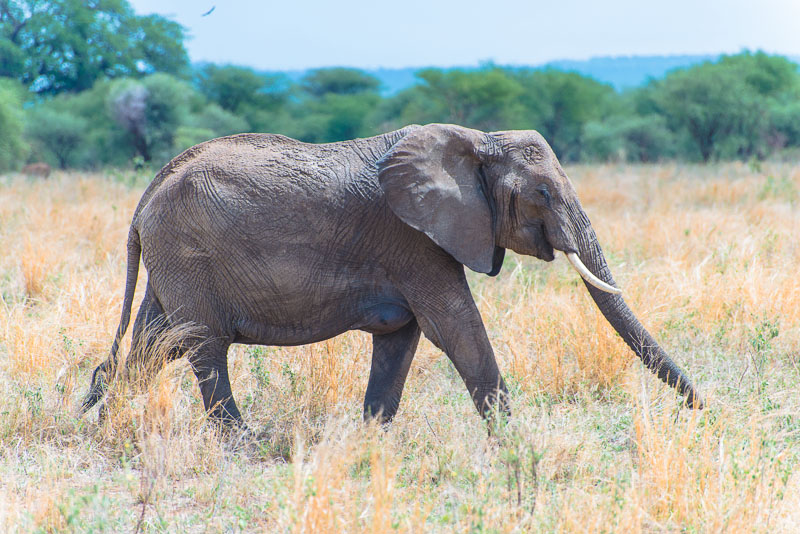
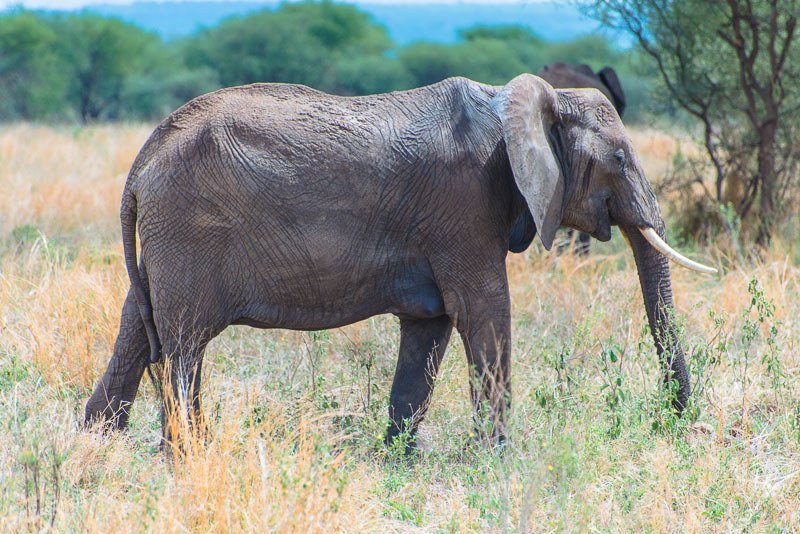
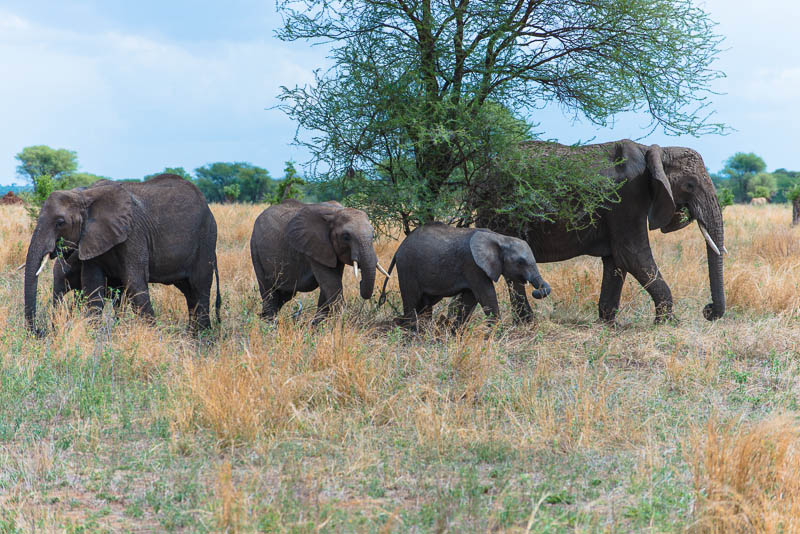
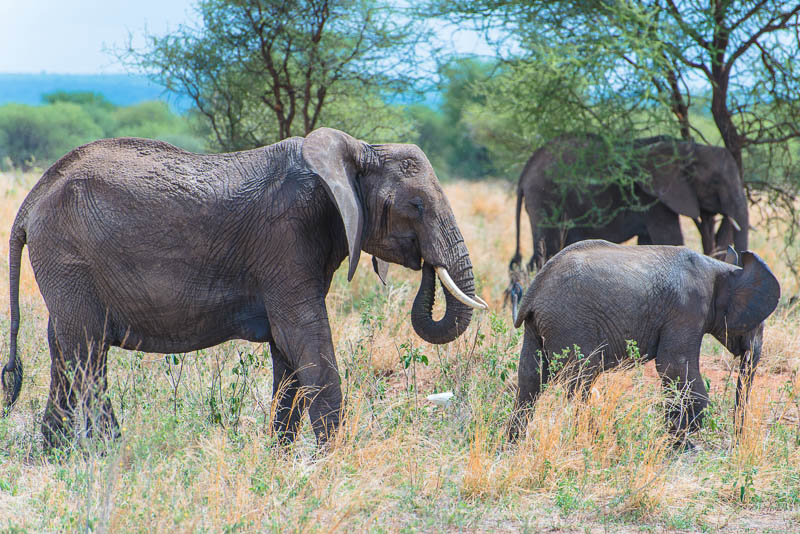
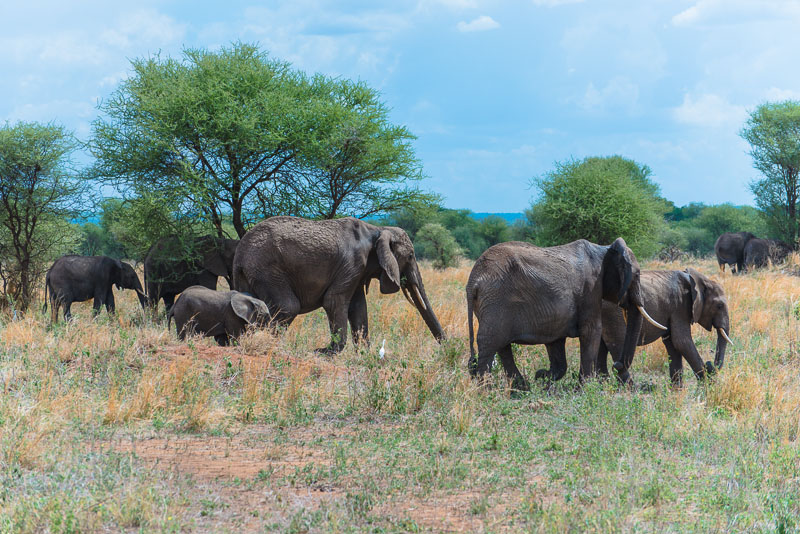
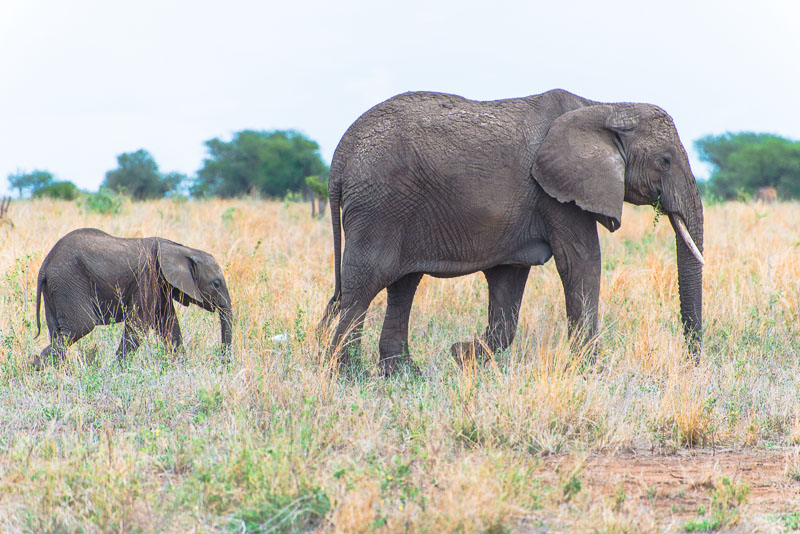
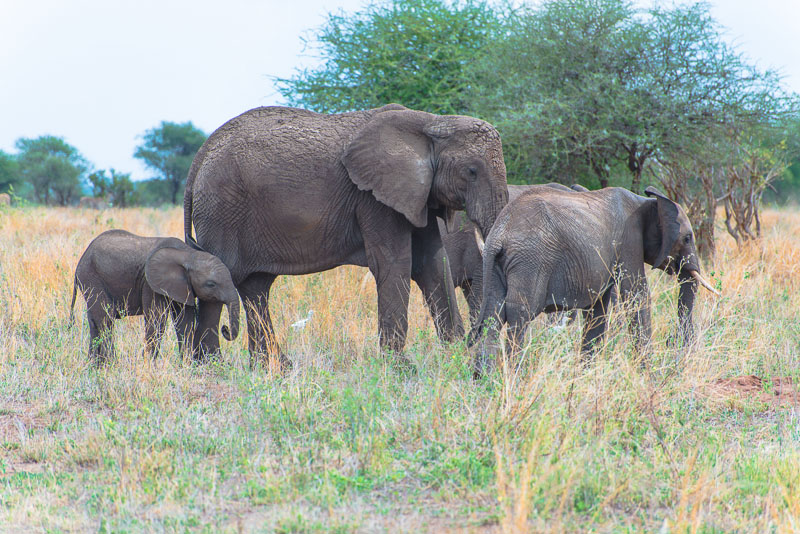
The child joins them everywhere.
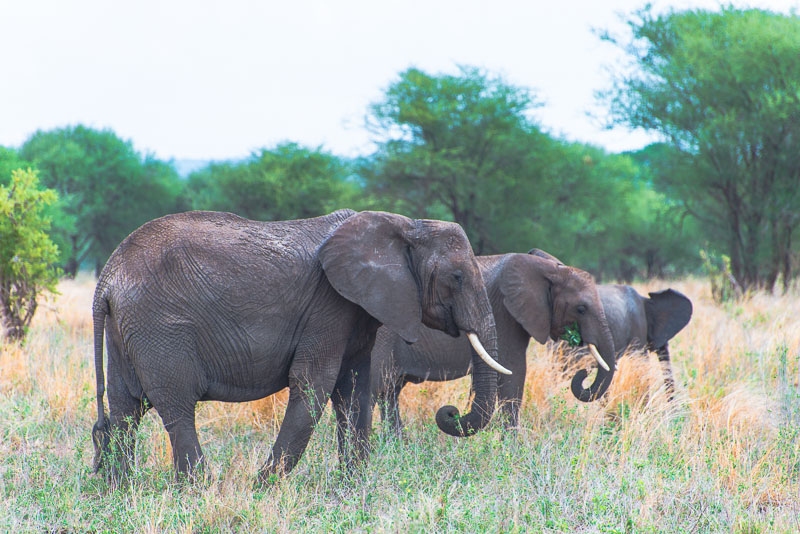
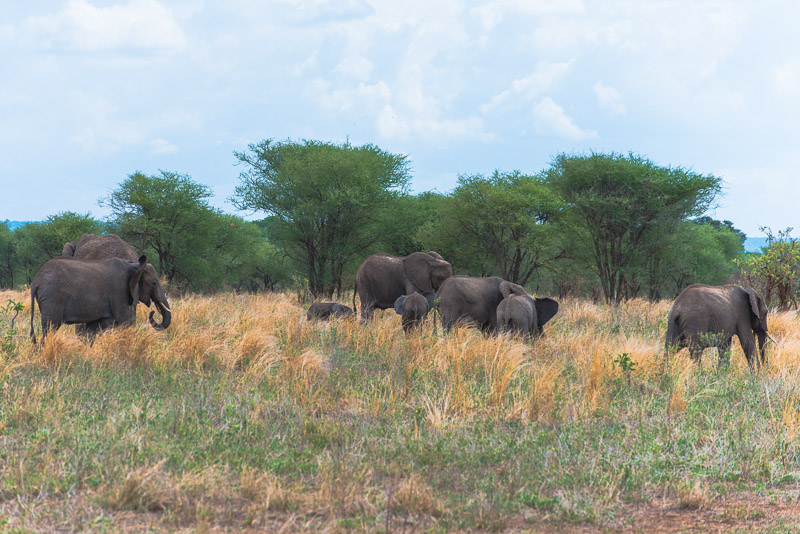
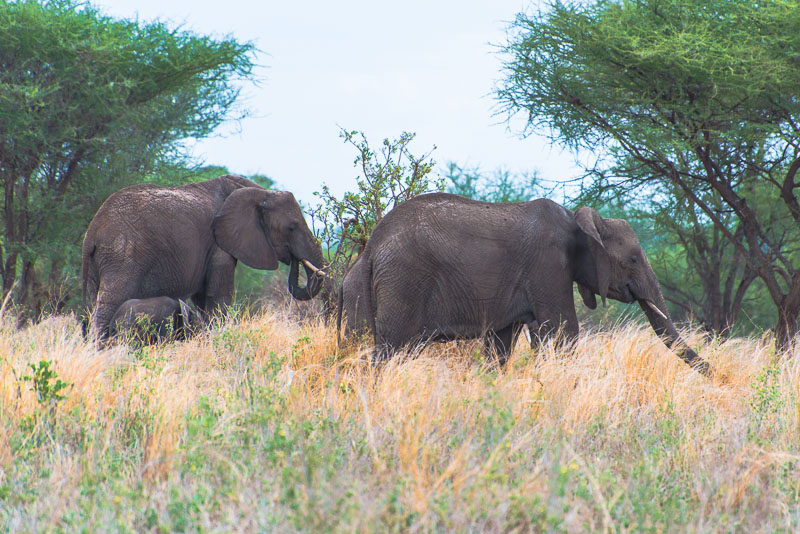
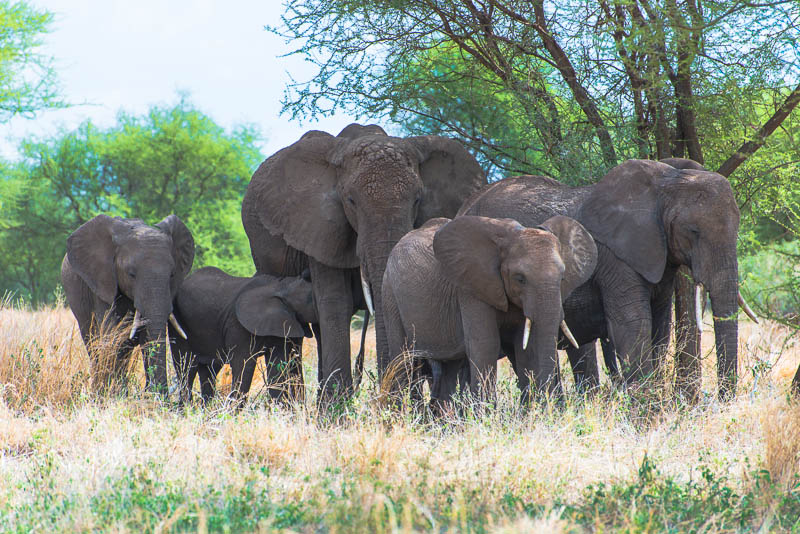
A bit cooler in the shadow.
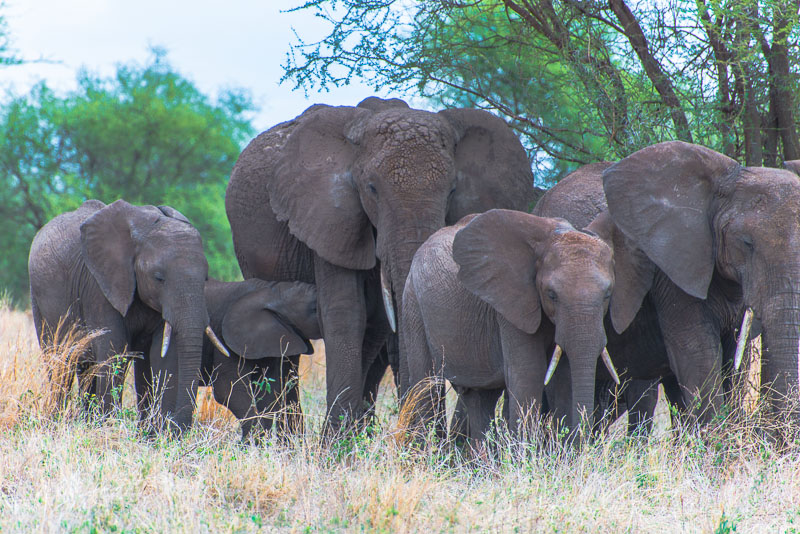
The whole family.
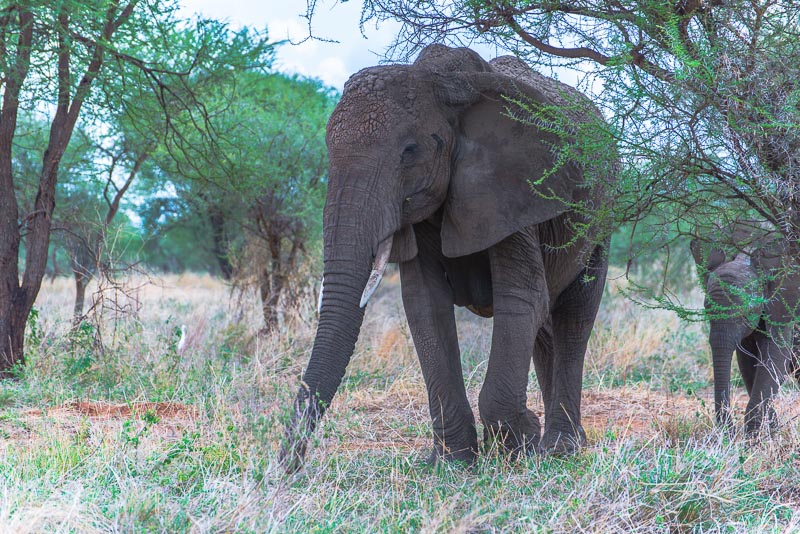
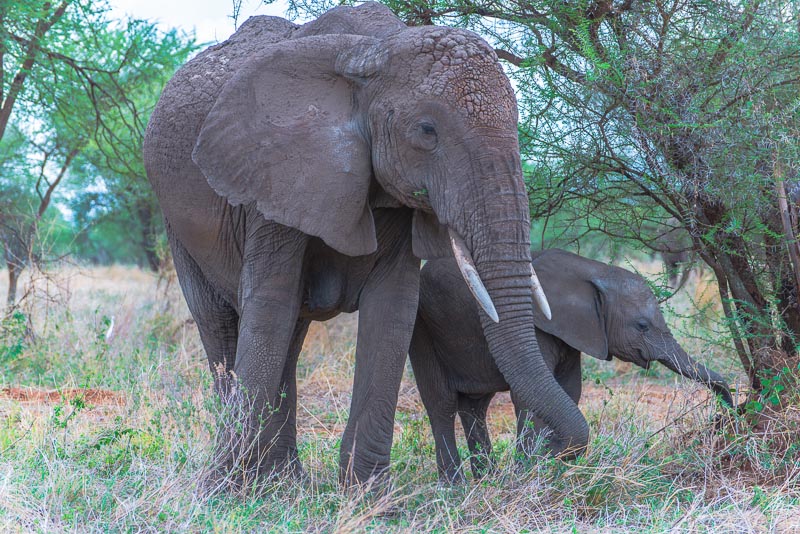
The small one already tries some grass.
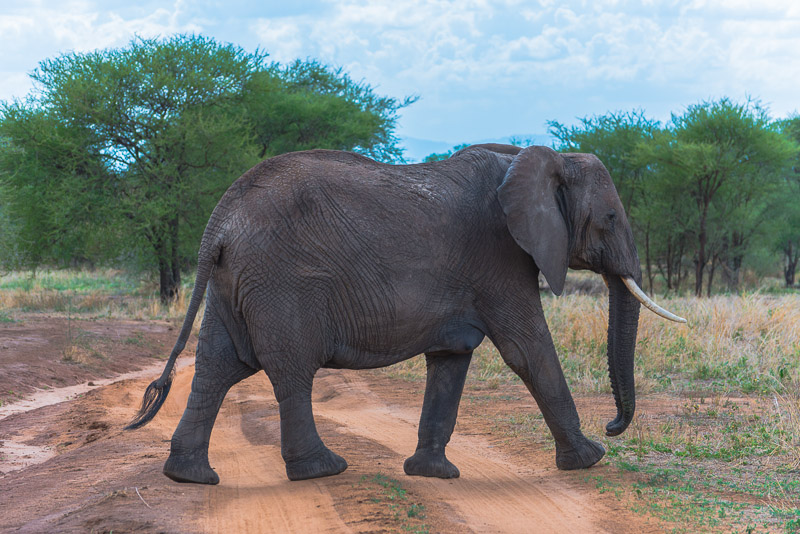
We have waited for a while. Now, the herd is crossing our route.
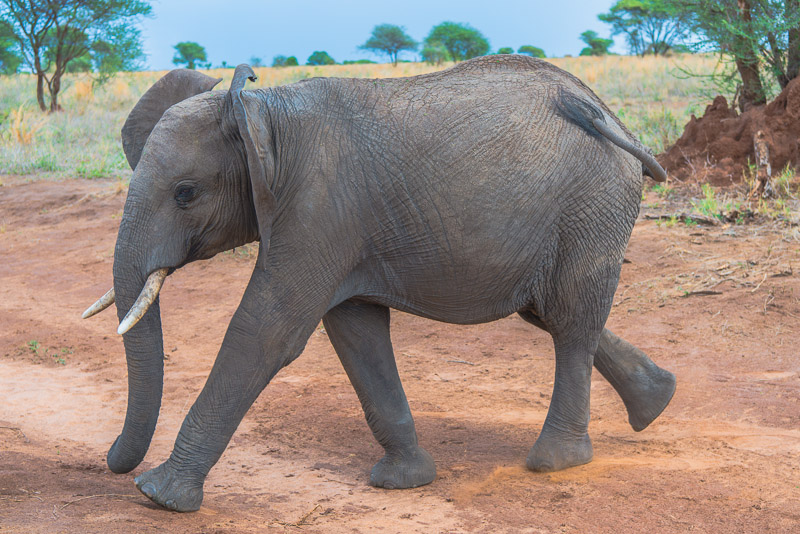
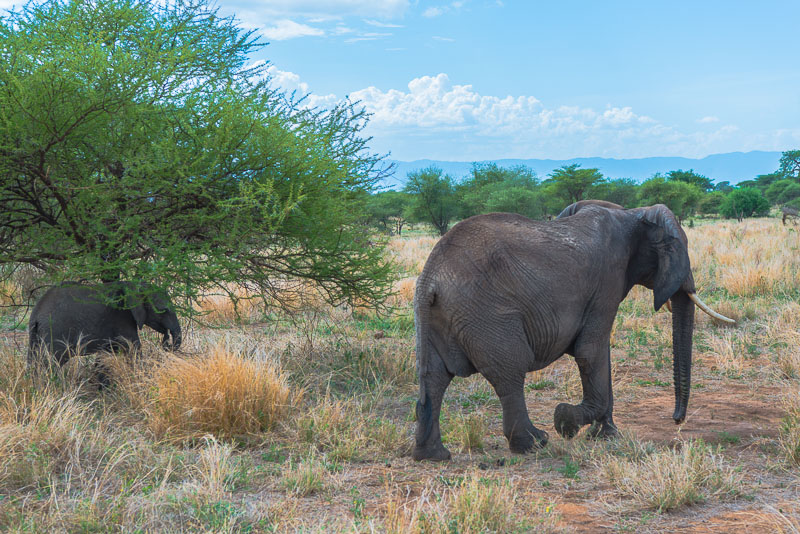
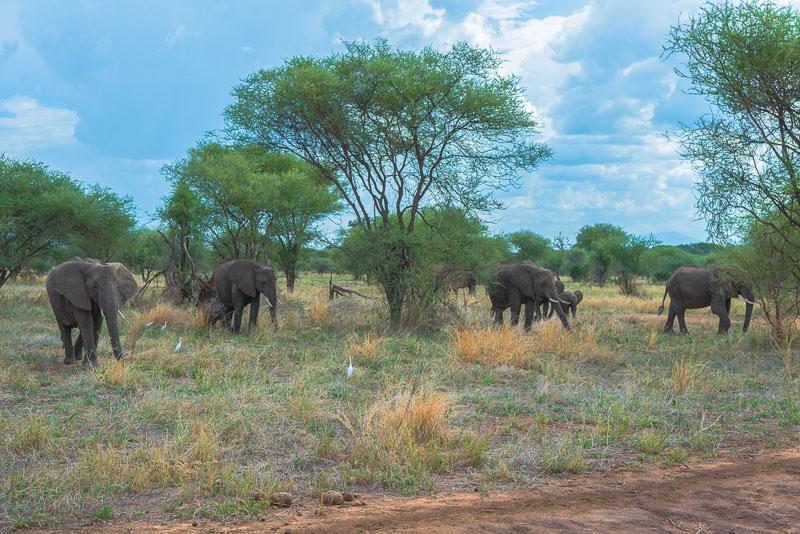
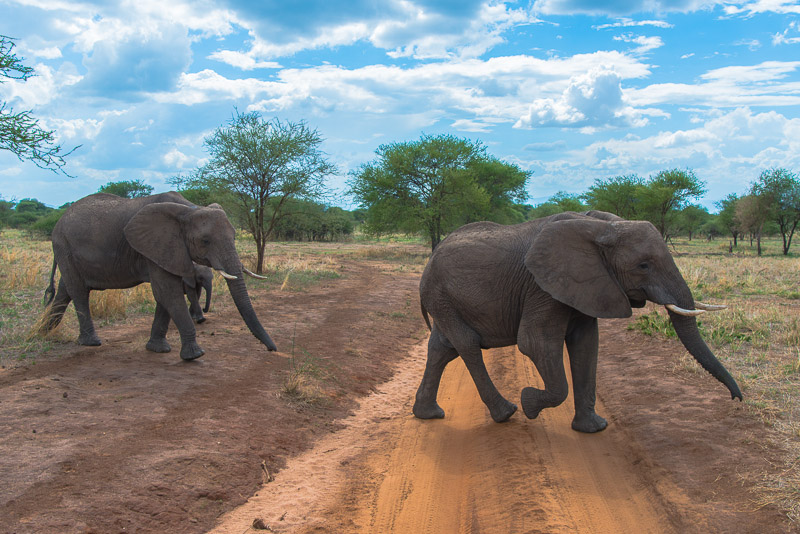
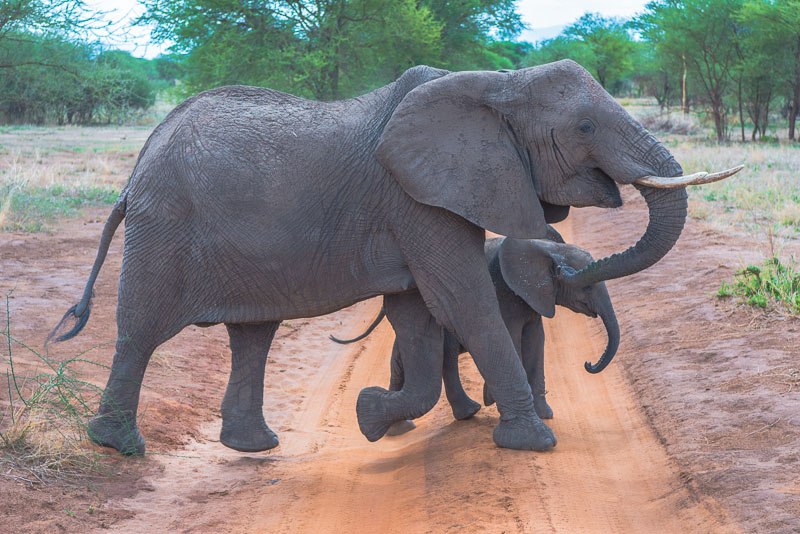
The child joins in ...
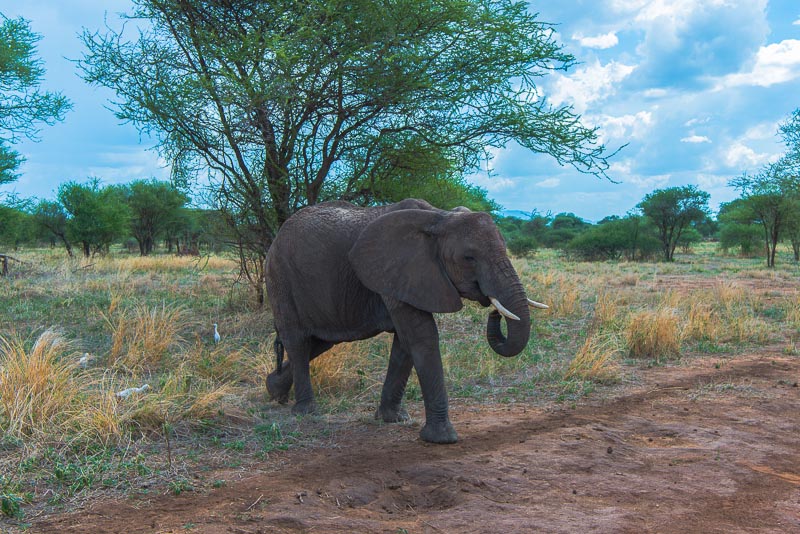
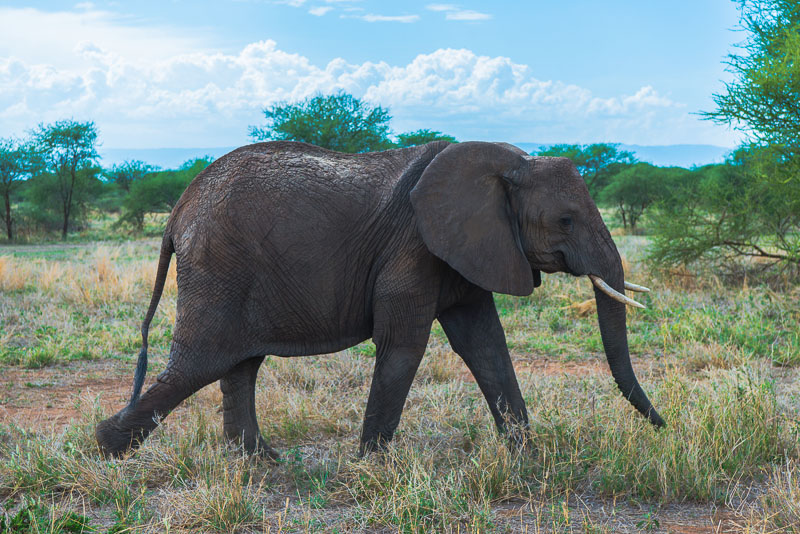
latecomer ...
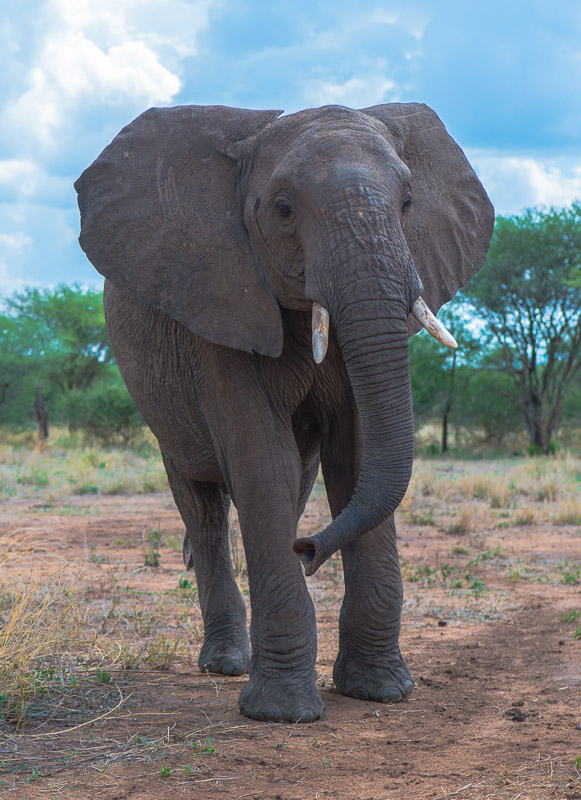
... are joining.

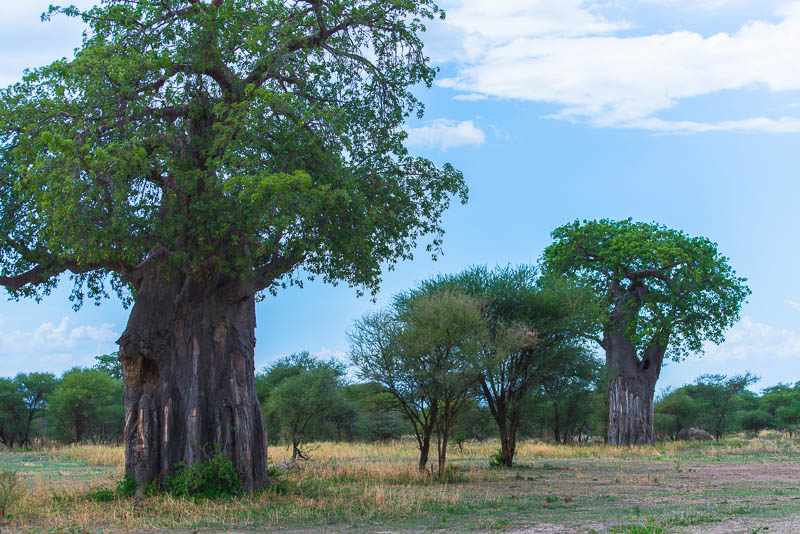
The huge Baobab trees show the results of elephants´ action: when it gets so dry, that the river lacks any water, elephants peel the outer parts of the trunks to reach the water-containing wood.
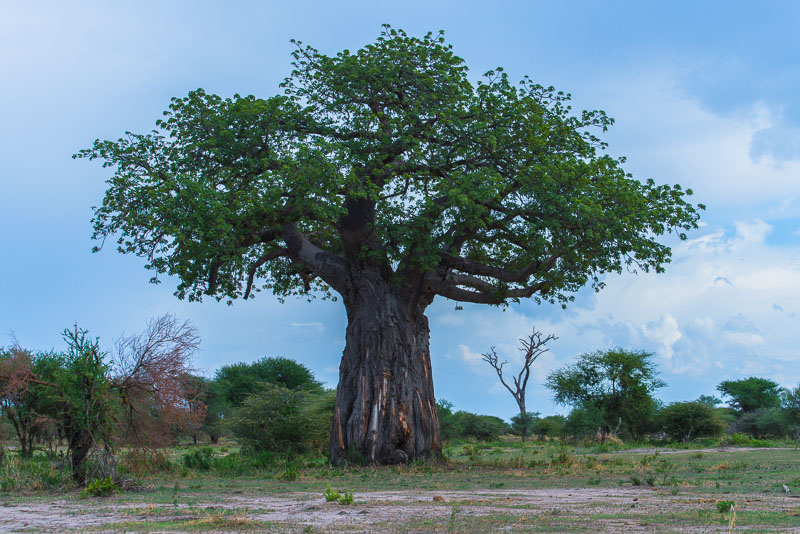
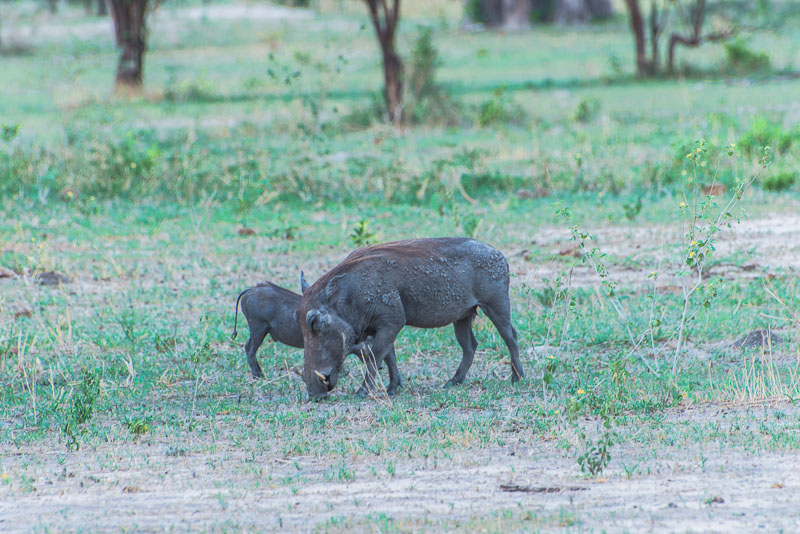
Common warthogs (Phacochoerus africanus)
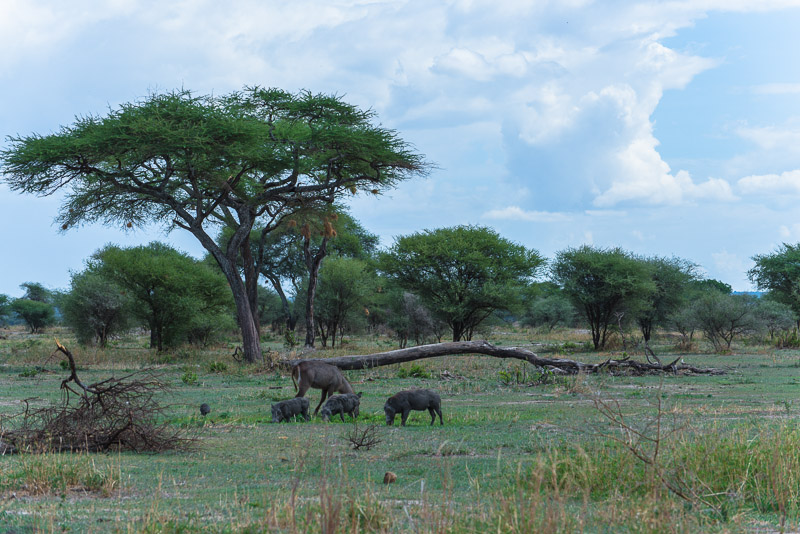
...
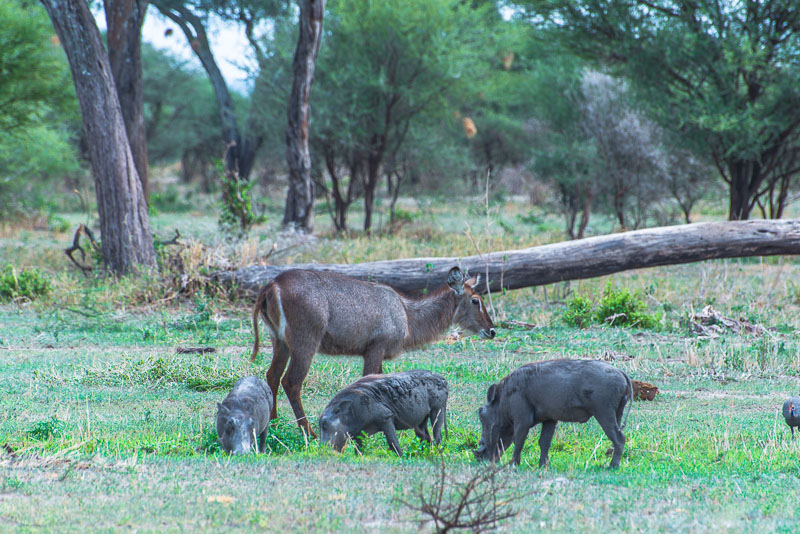
... in peaceful coexistence with this young Impala antilope.
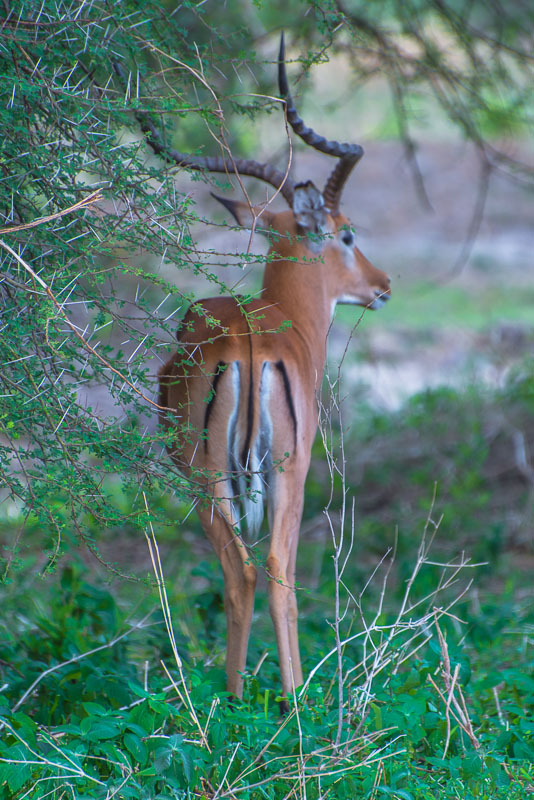
Impala with long horns
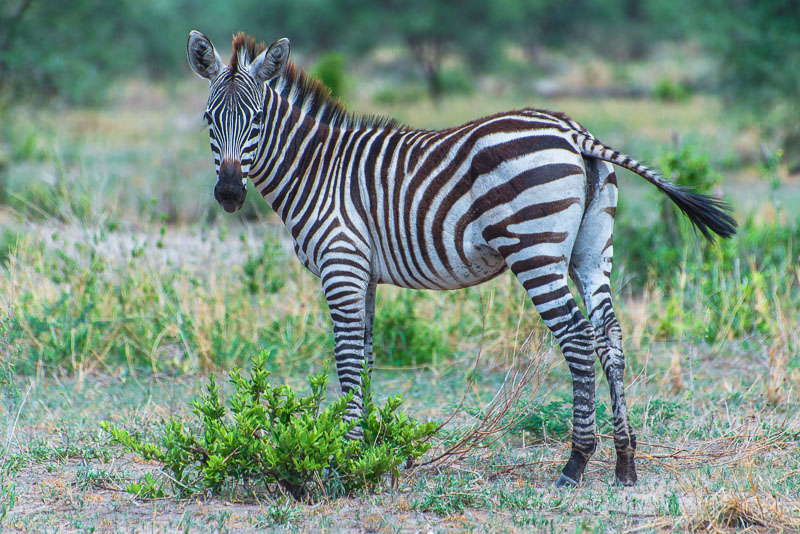
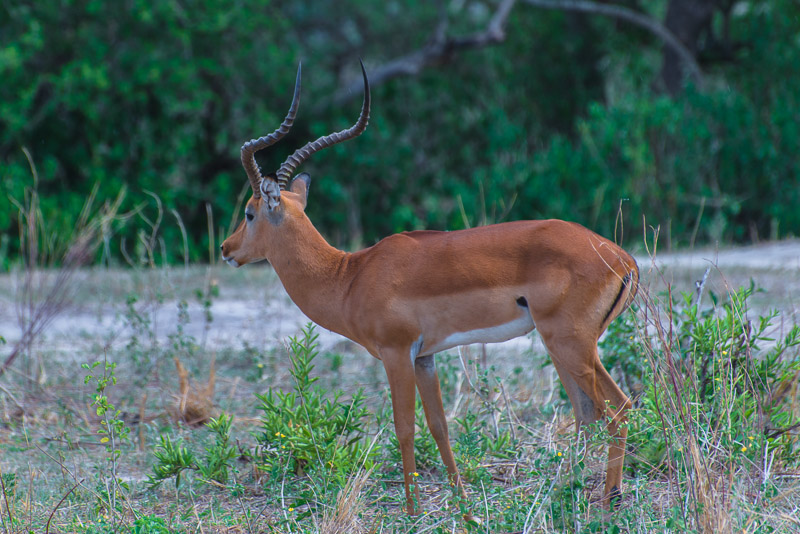
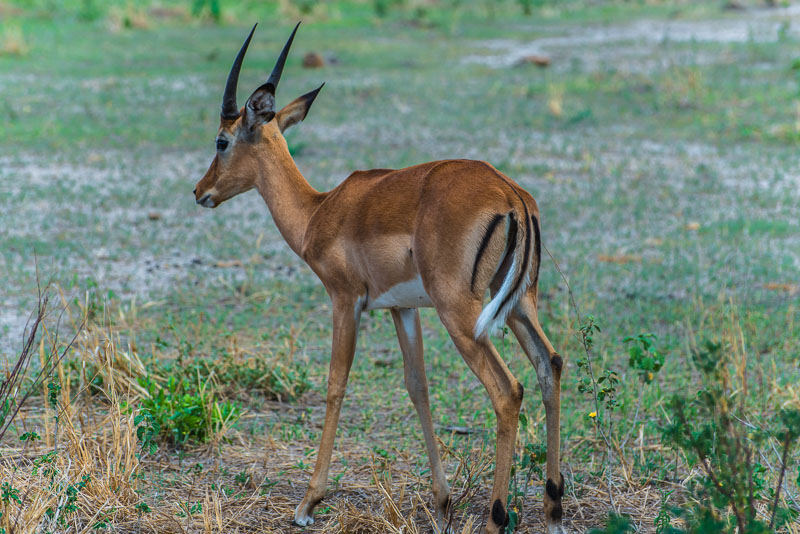
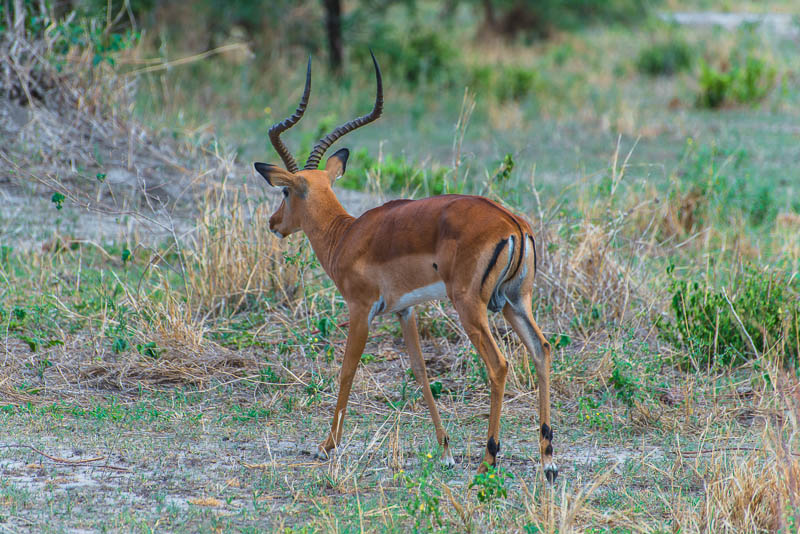
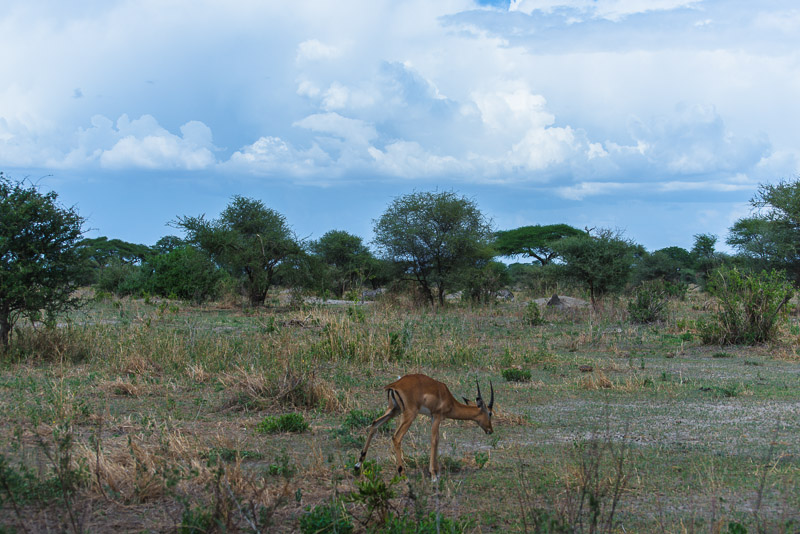
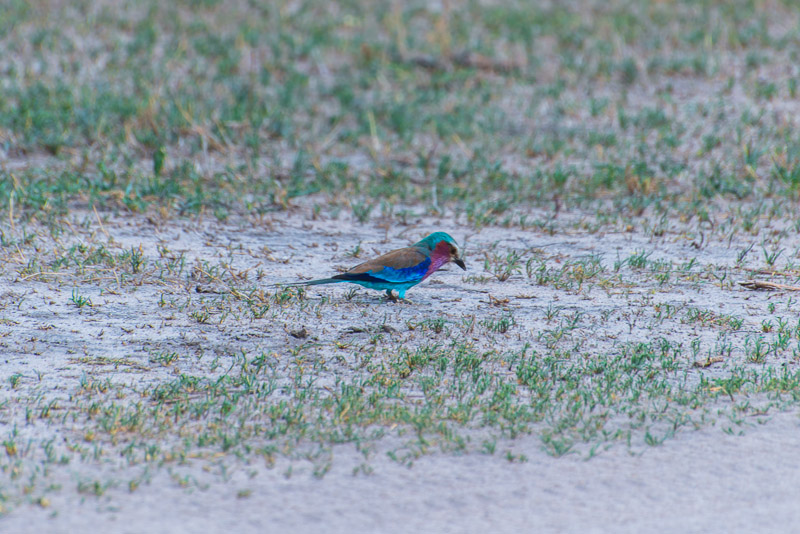
Lilac breasted roller (Coracias caudatus) looking for termites.
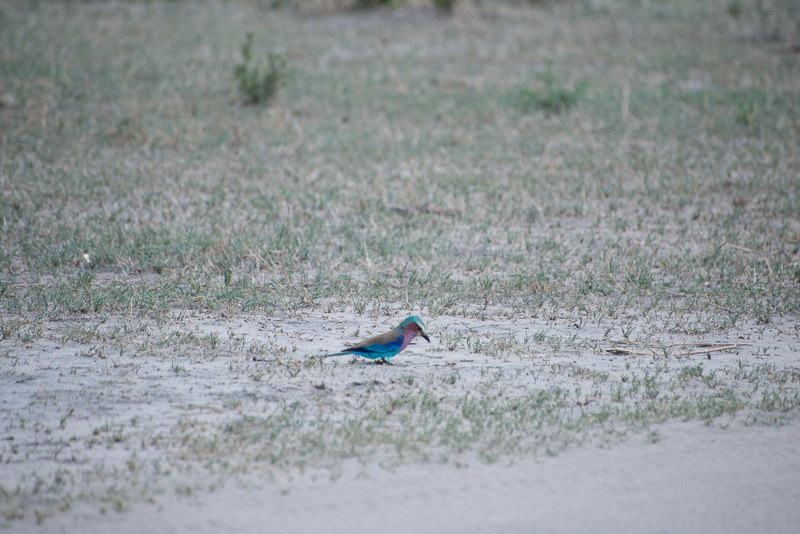
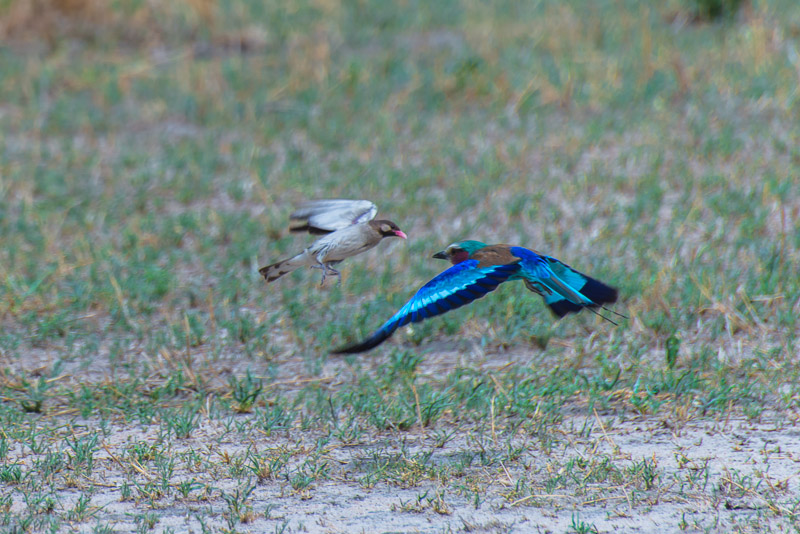
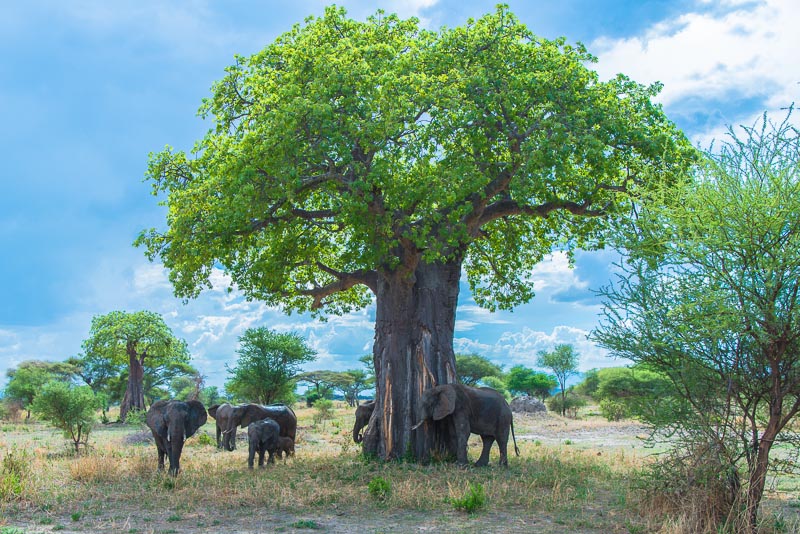
Of course baobab trees are also good for scratching.
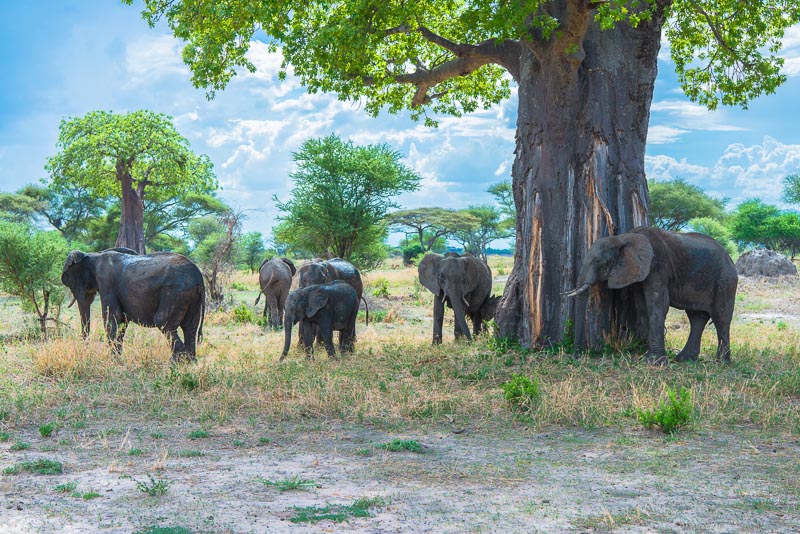
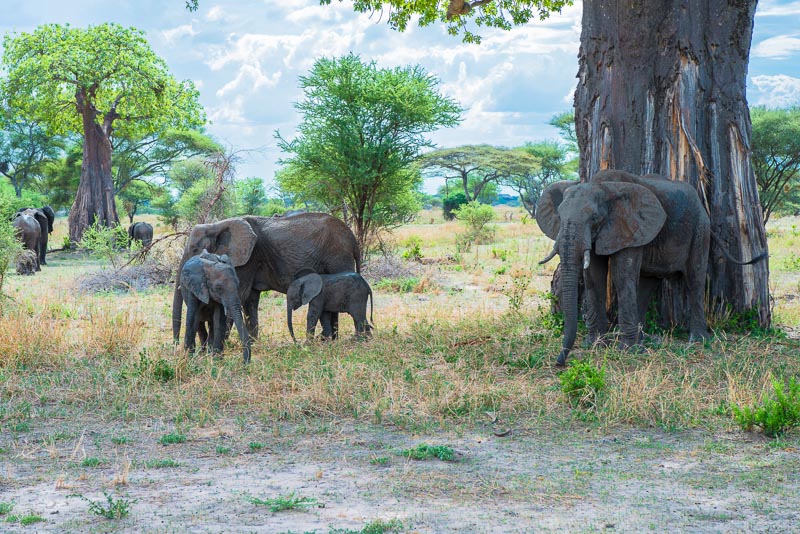
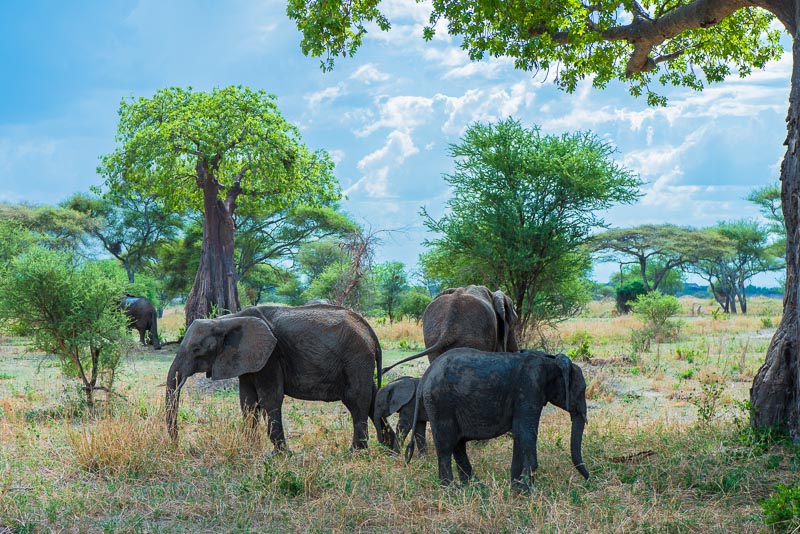
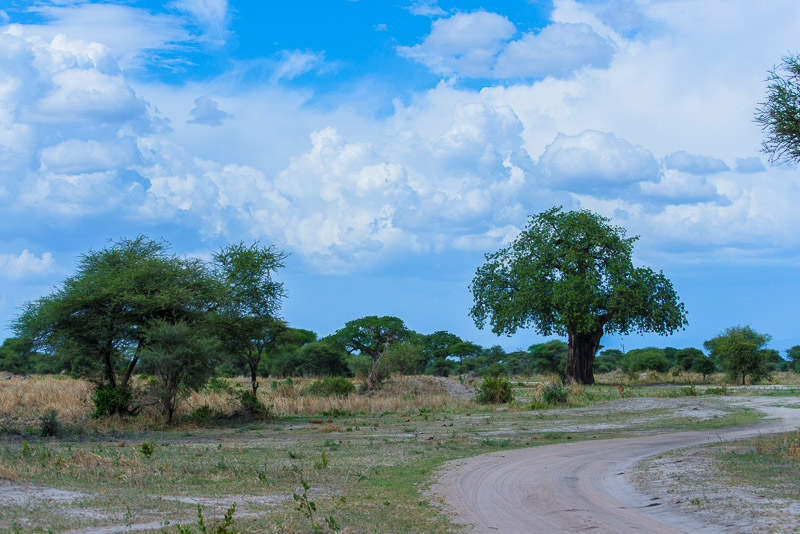
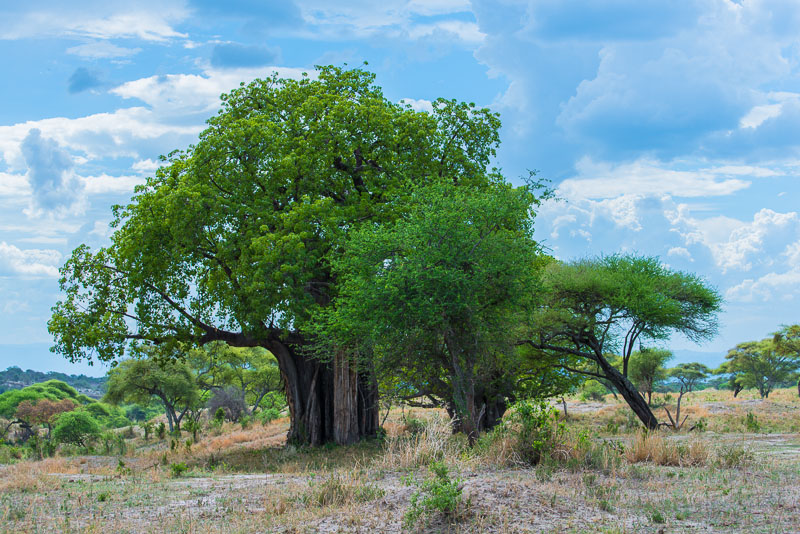
Baobab trees
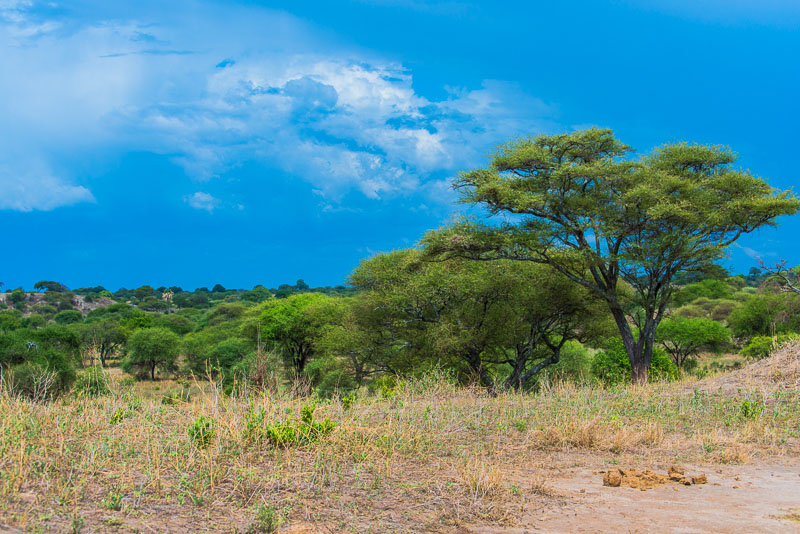
Quietly thundering in the distance.
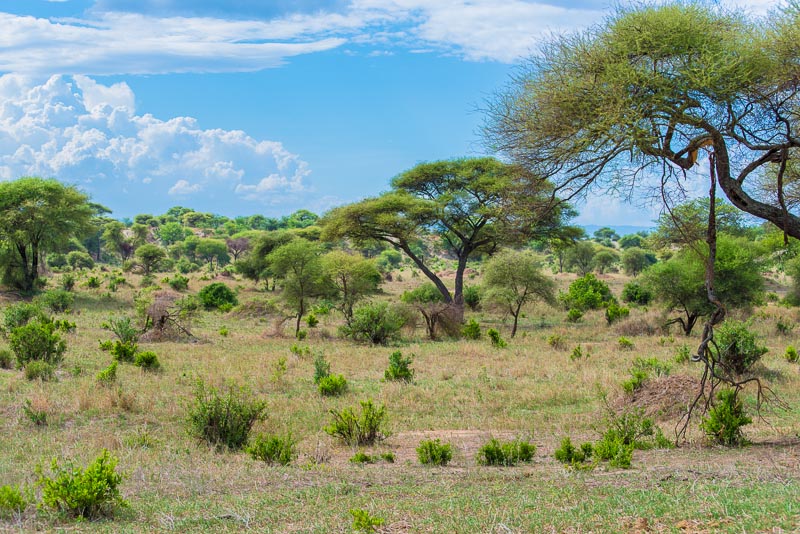
Savannah landscape in the Tarangire National park.
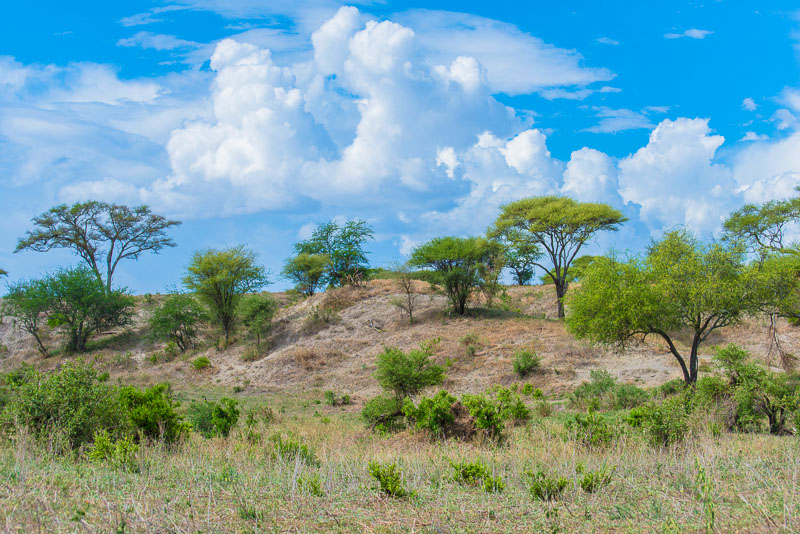
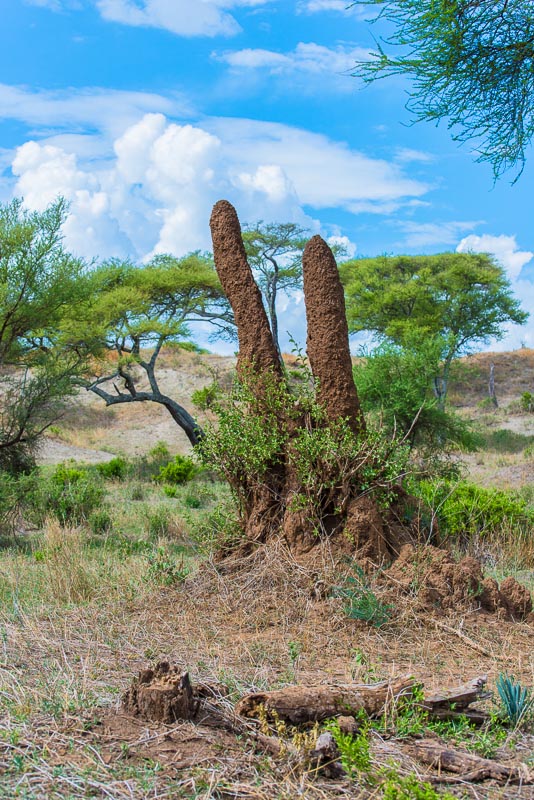
Termite hills. Termites need the hills for temperature regulation. In higher situated areas, where it is cooler, they live in the ground without those bizarre buildings.
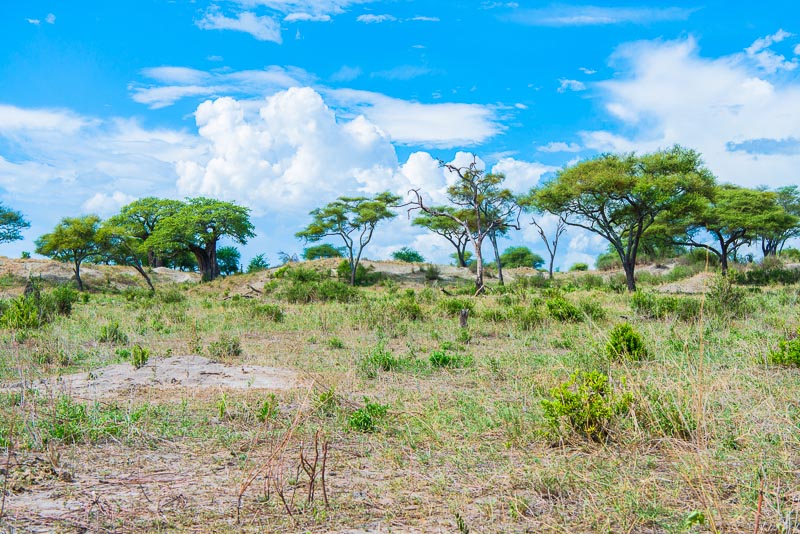
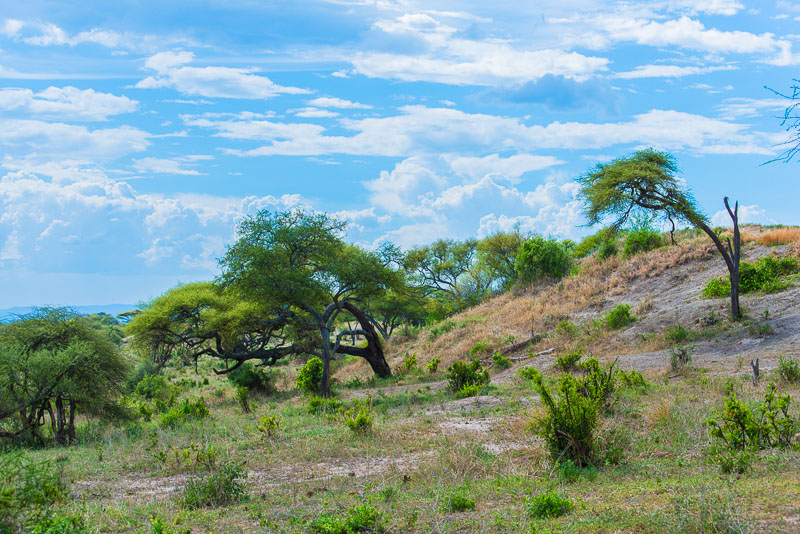
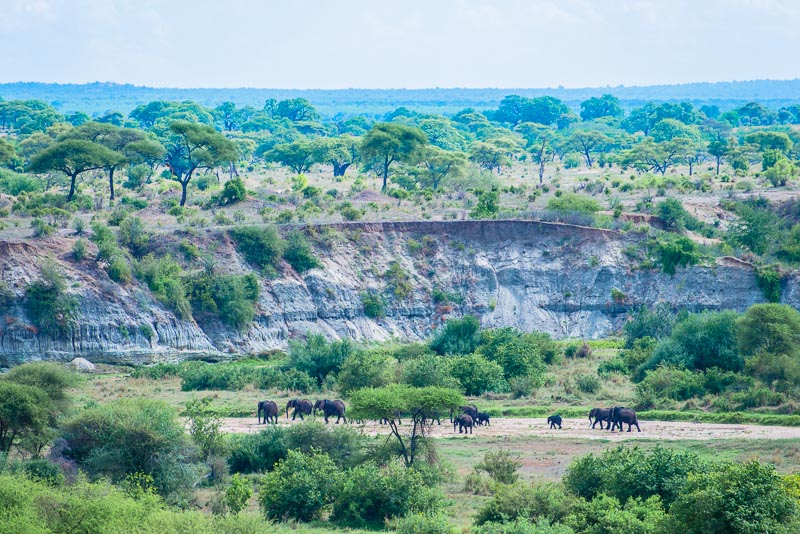
Elefphants in the valley of the Tarangire river.
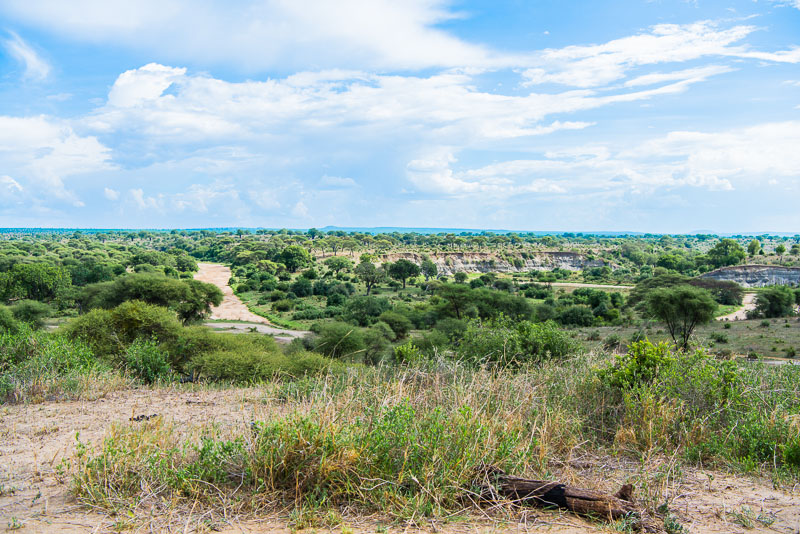
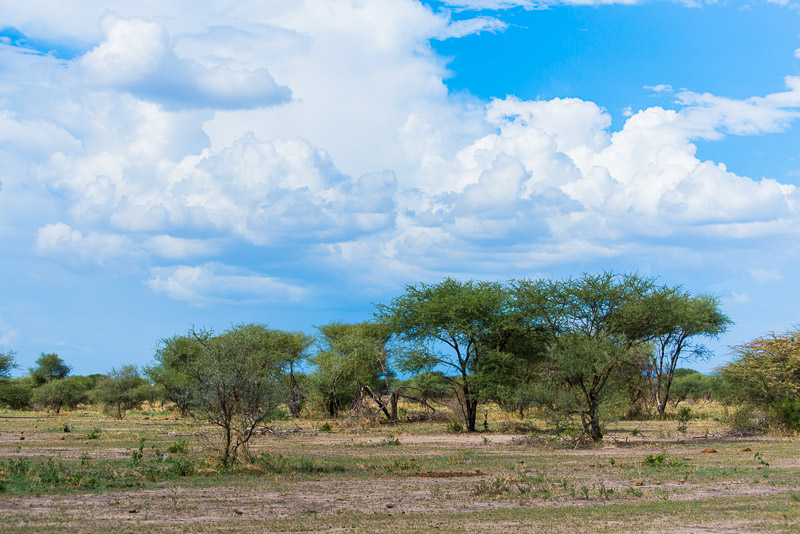
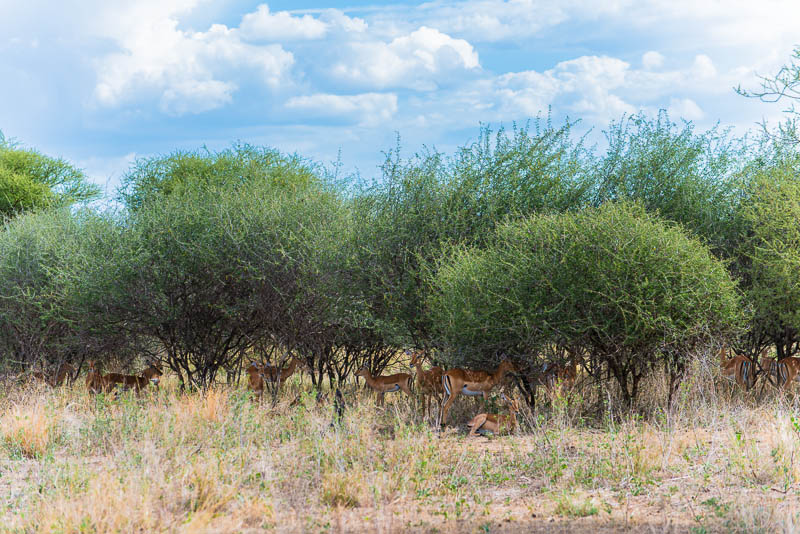
Impalas have drawn back into the shadow.
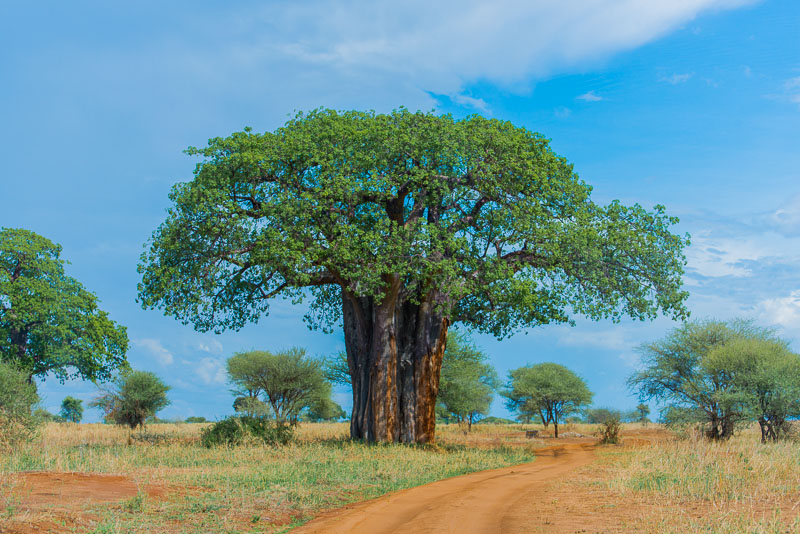
Baobab tree
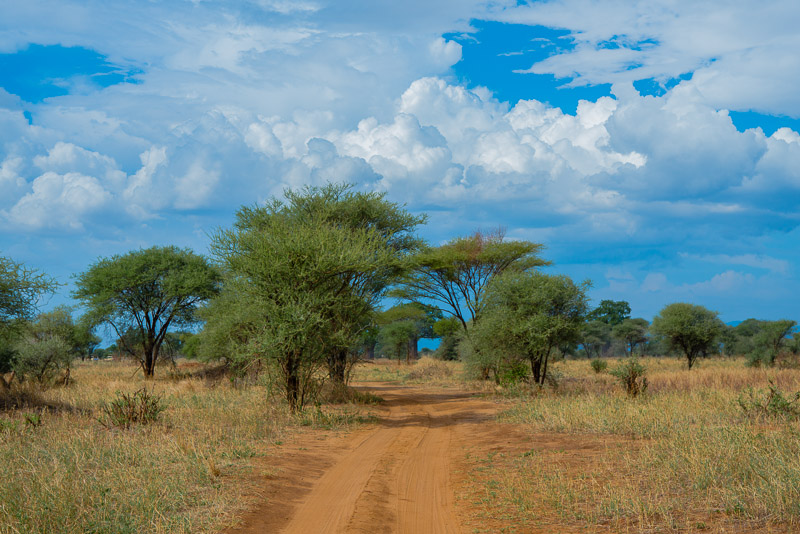
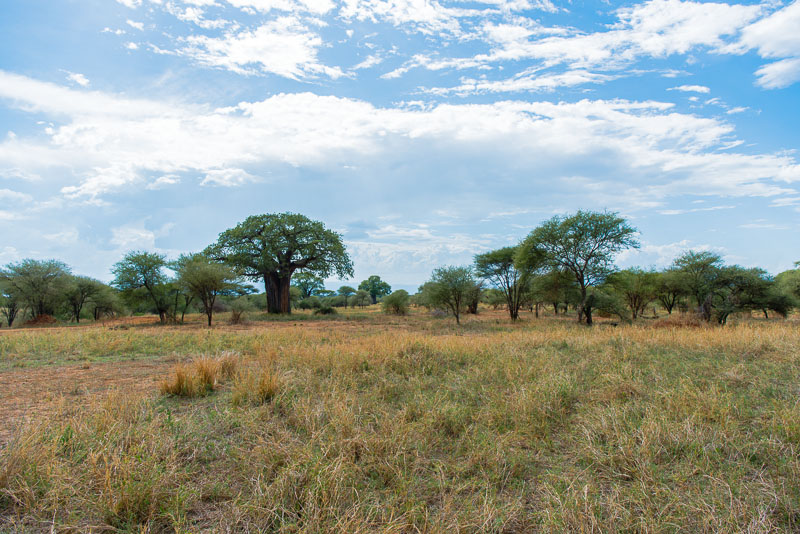
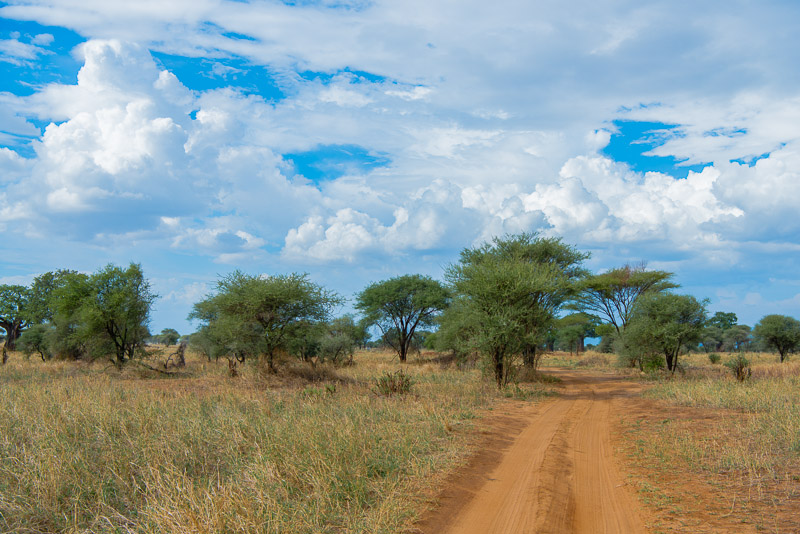
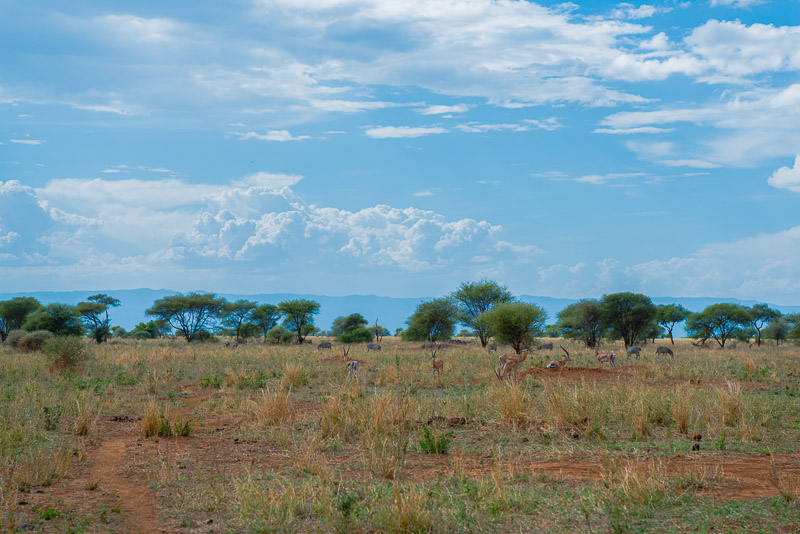
Impala´s
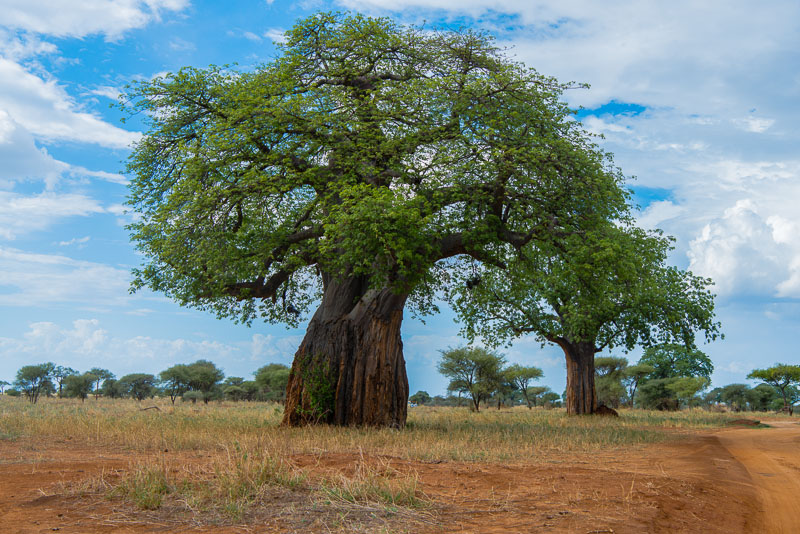
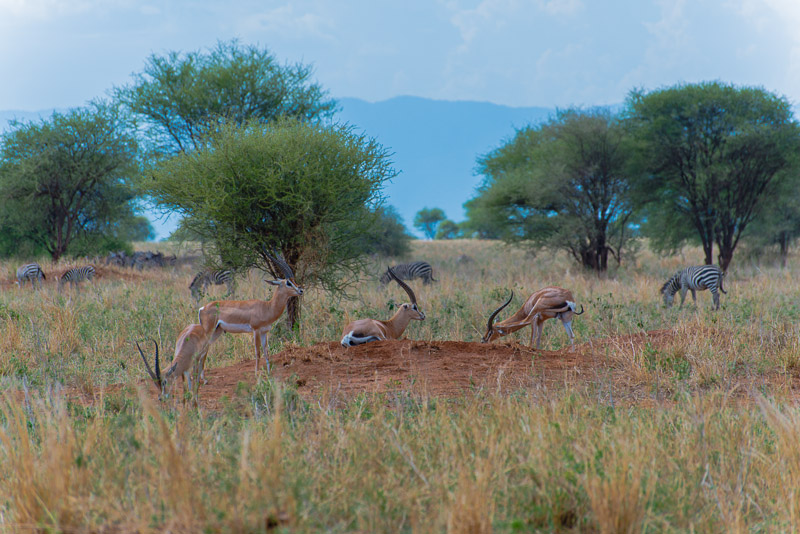
Impala´s
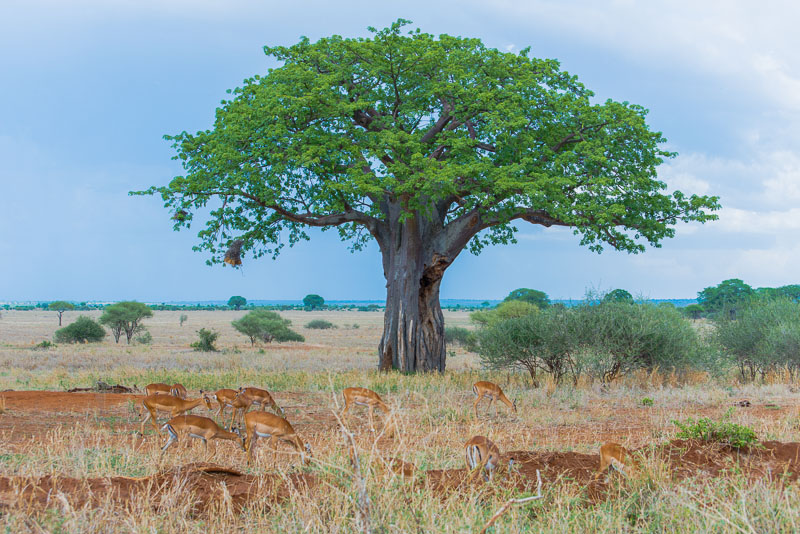
Impala´s
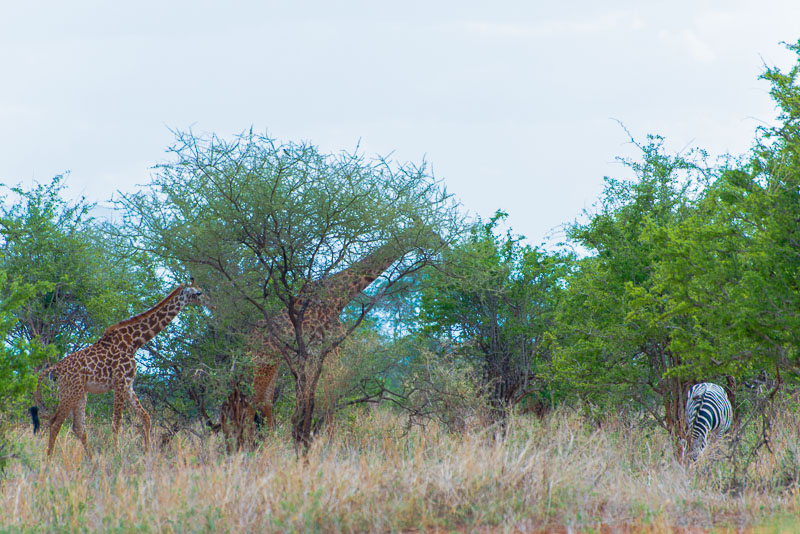
A few giraffe at last.
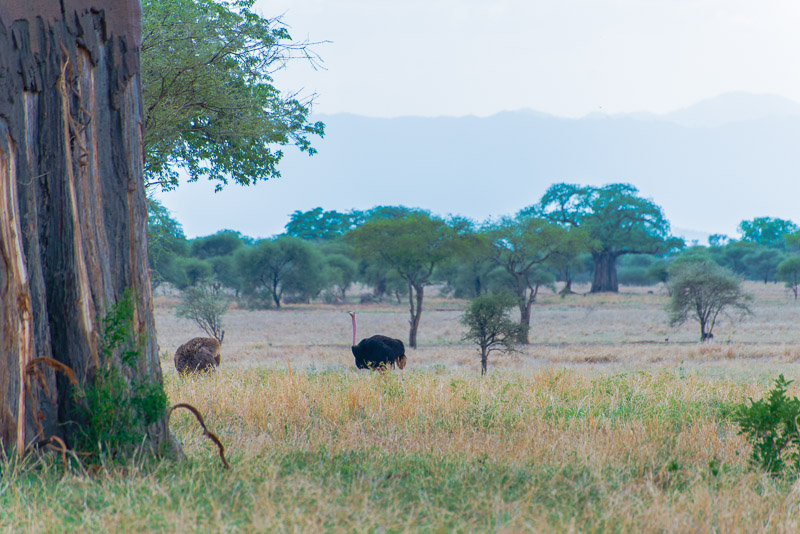
A pair of ostrichs (Struthio camelus)
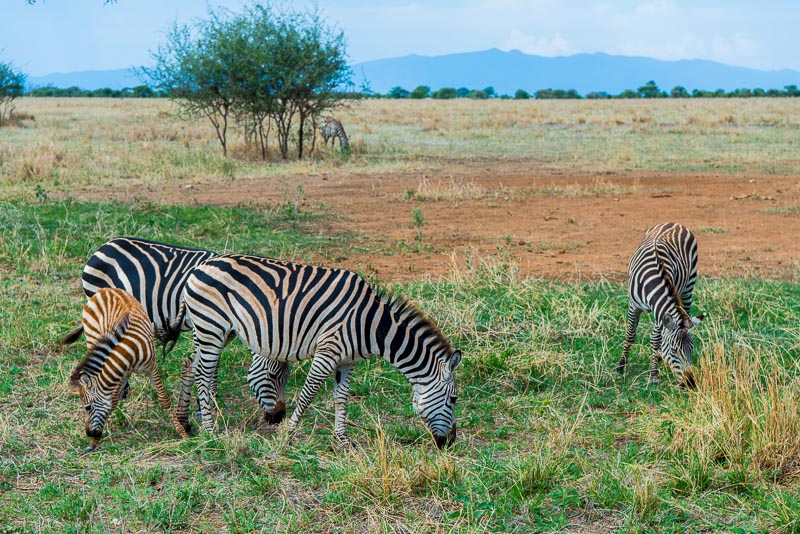
Zebra´s with a foal
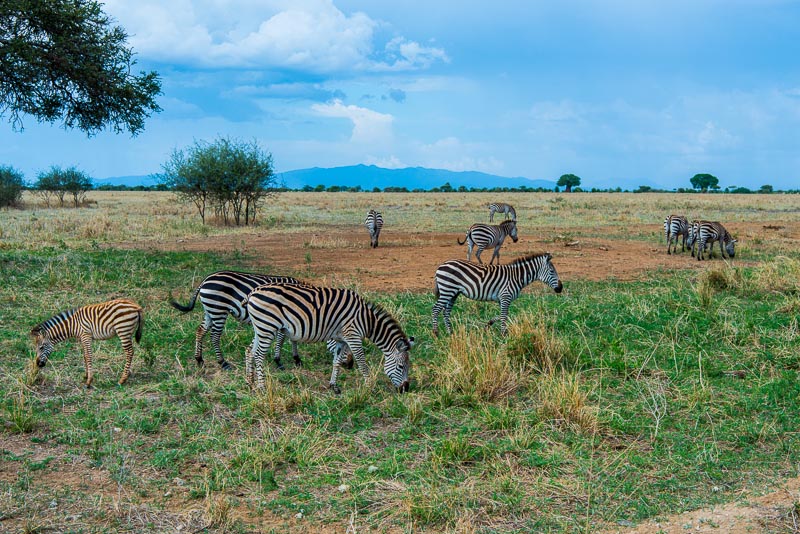
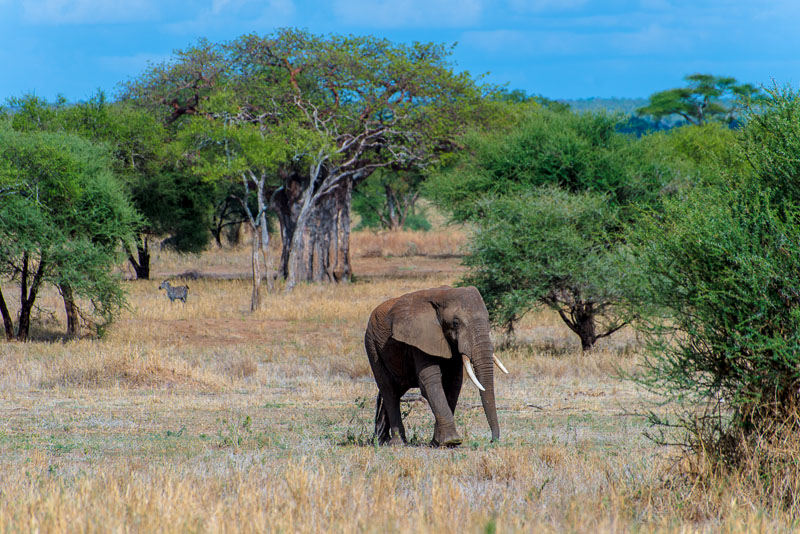
Lonesome bull elephant. At a certain age, male animals are expelled from the family and continue living alone.
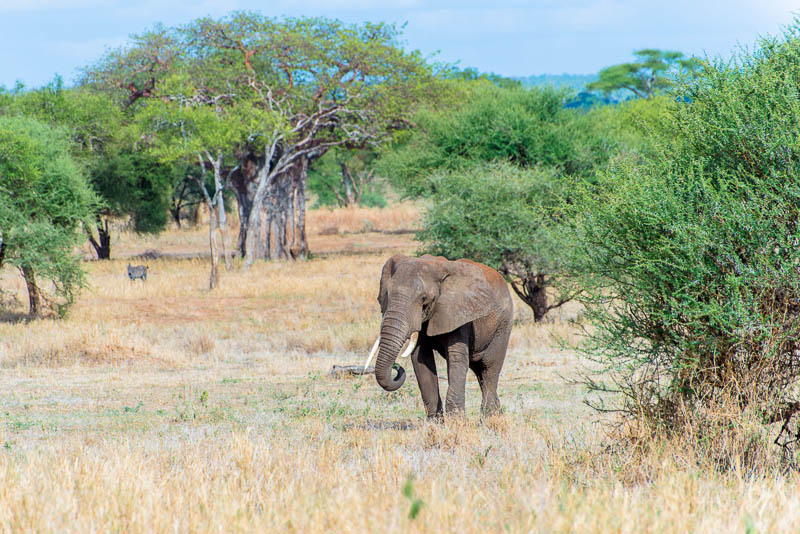
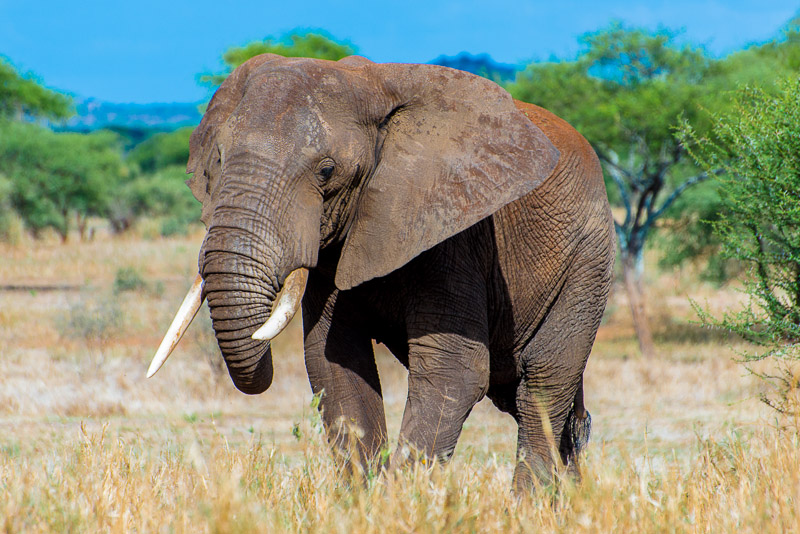
Lonesome elephant bull.
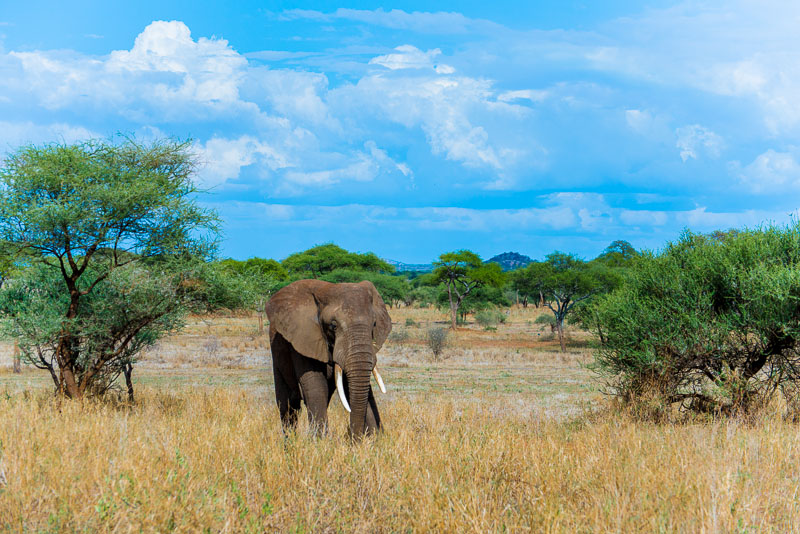
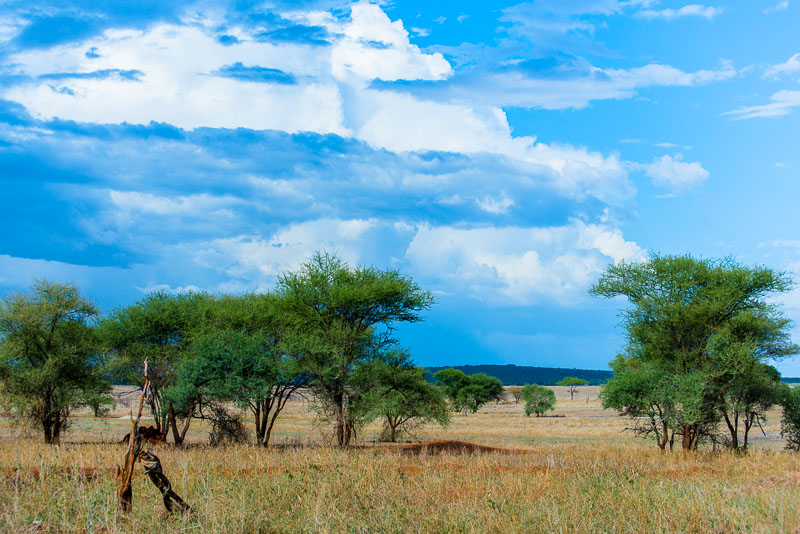
Thunderclouds
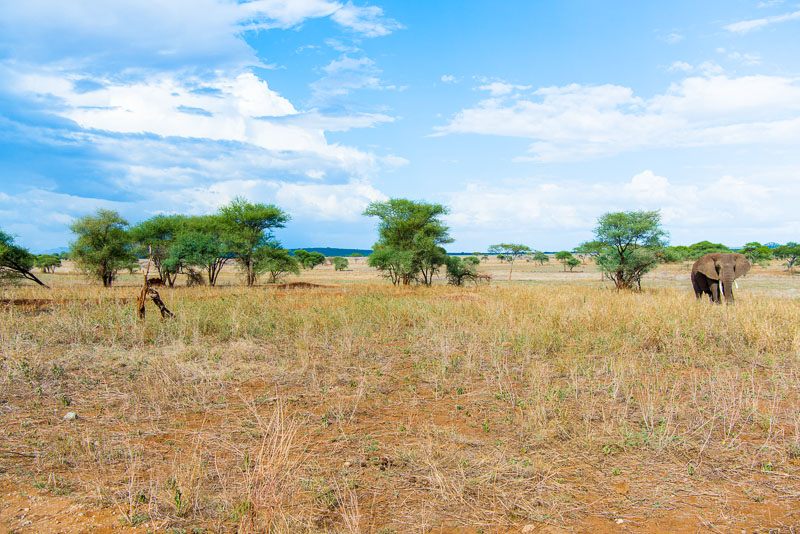
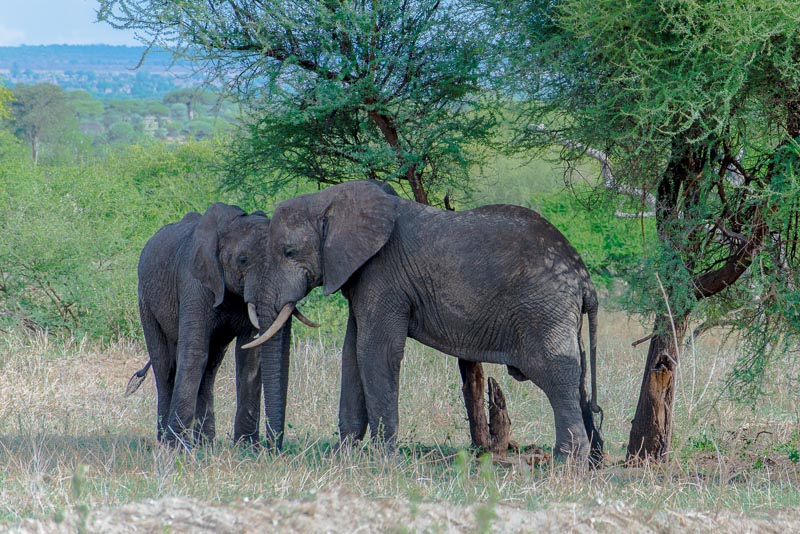
Afternoon hugging.
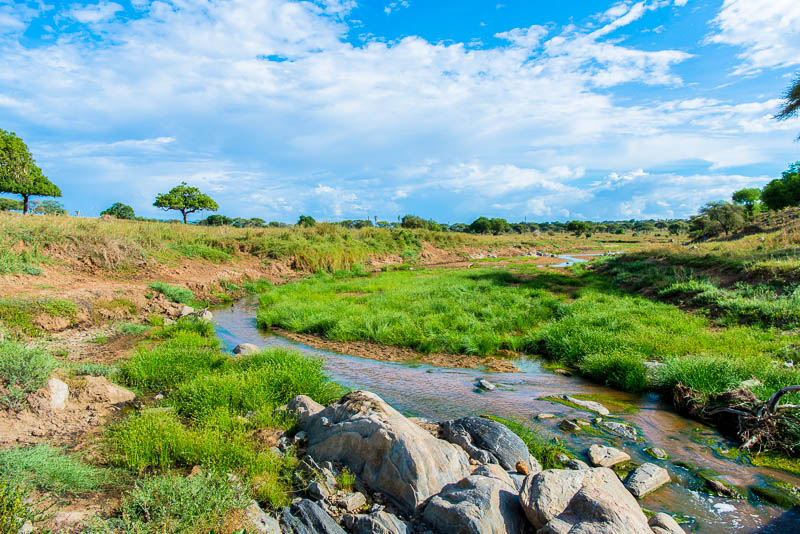
Only small amounts of water in the Tarangire river.
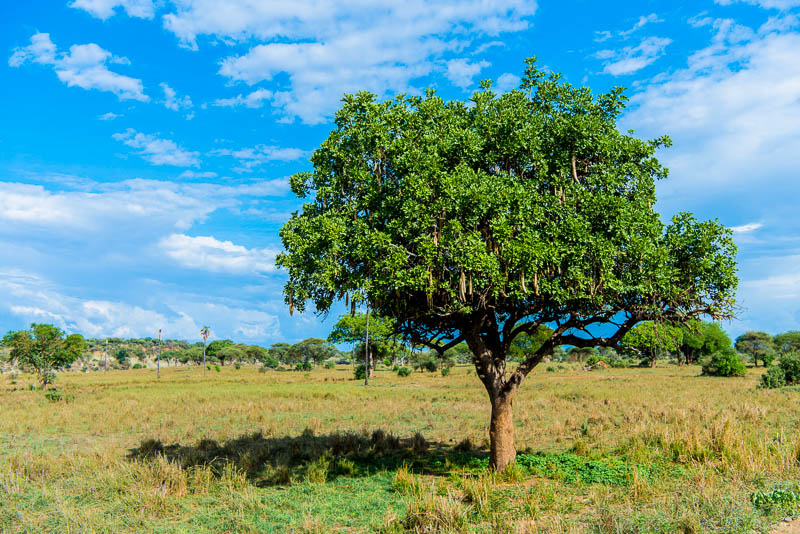
This is a so called "sausage tree" (Kigelia africana). Its fruits can weigh up to 7 kg. So you better don´t rest under such a tree because a falling fruit on your head isn´t a good option.
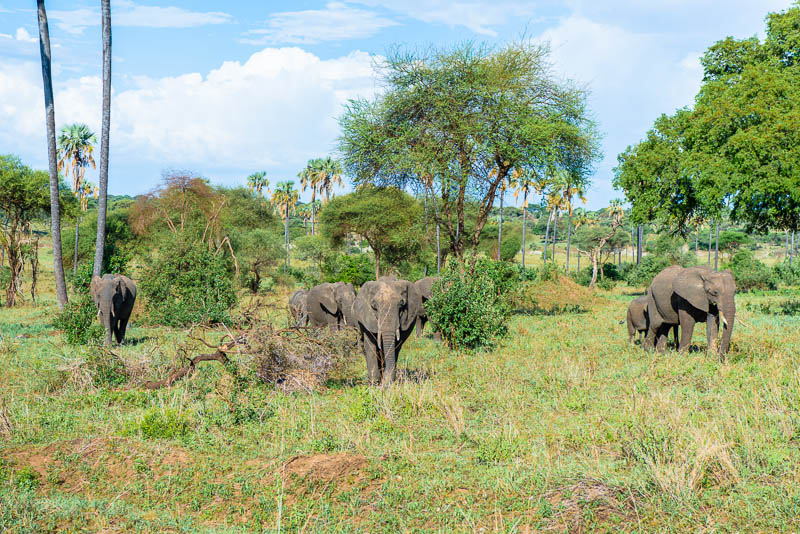
More elephants. They like to eat the fruits of the palm trees.
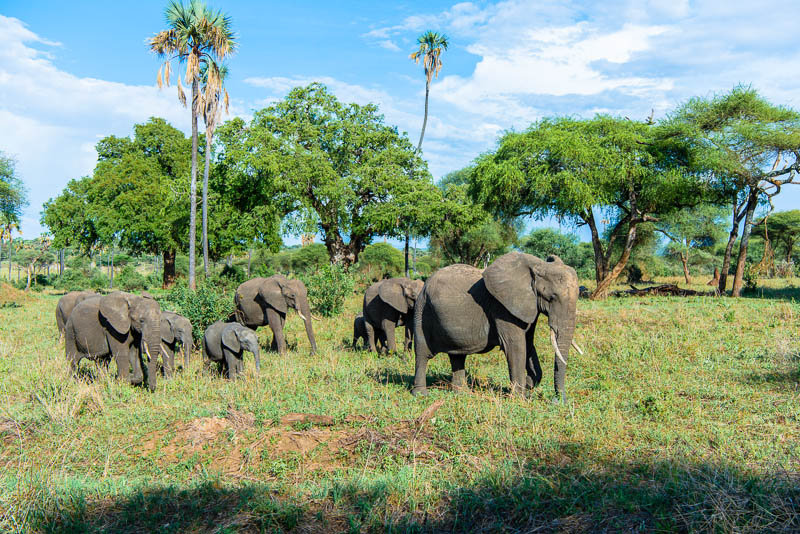
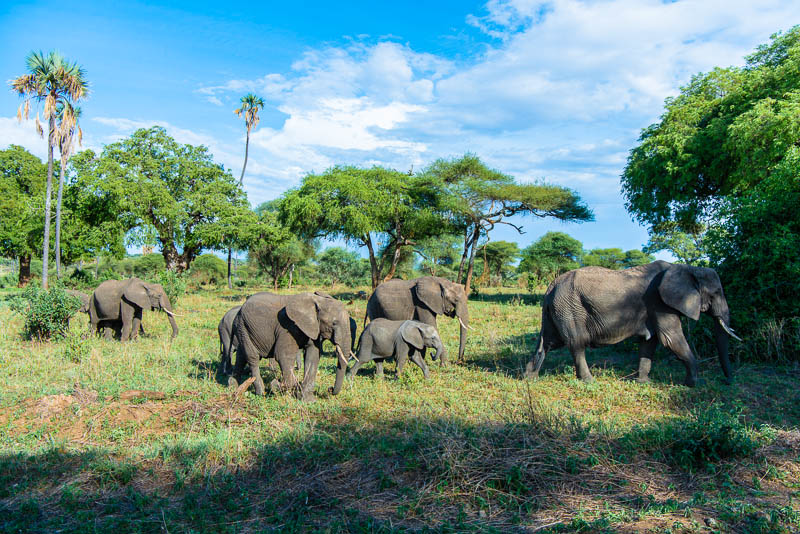
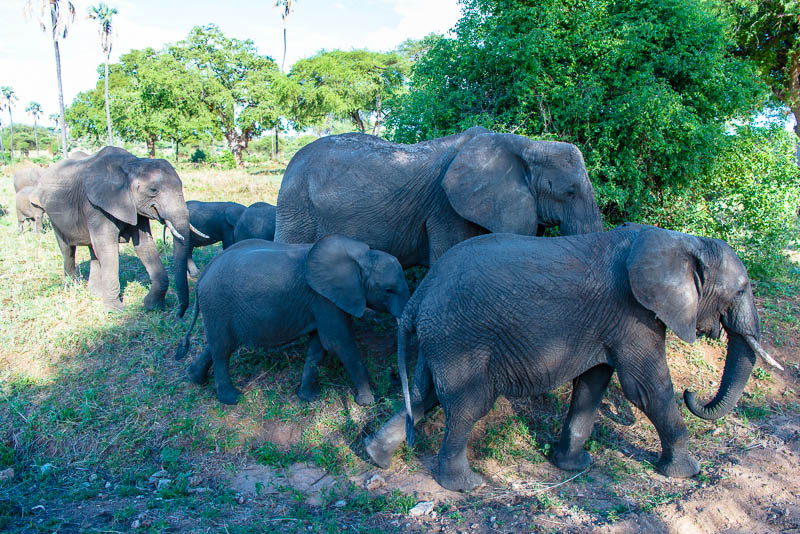
Once more we may watch ...
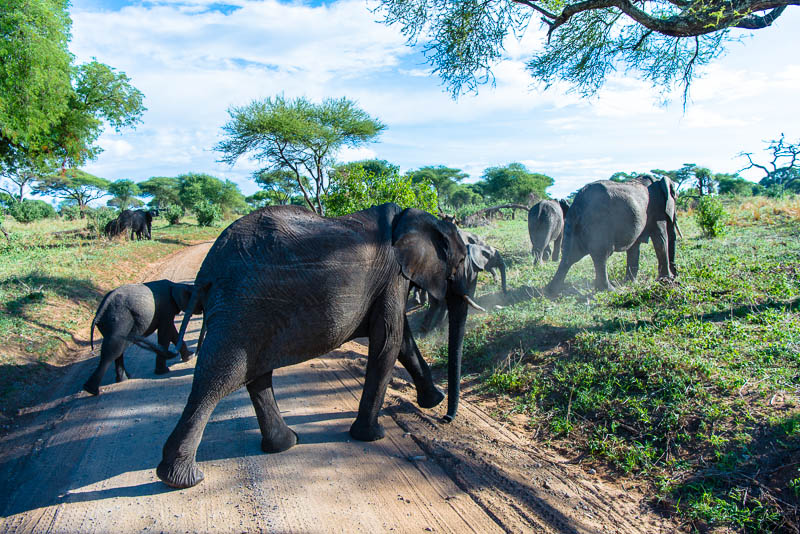
... them crossing the road.
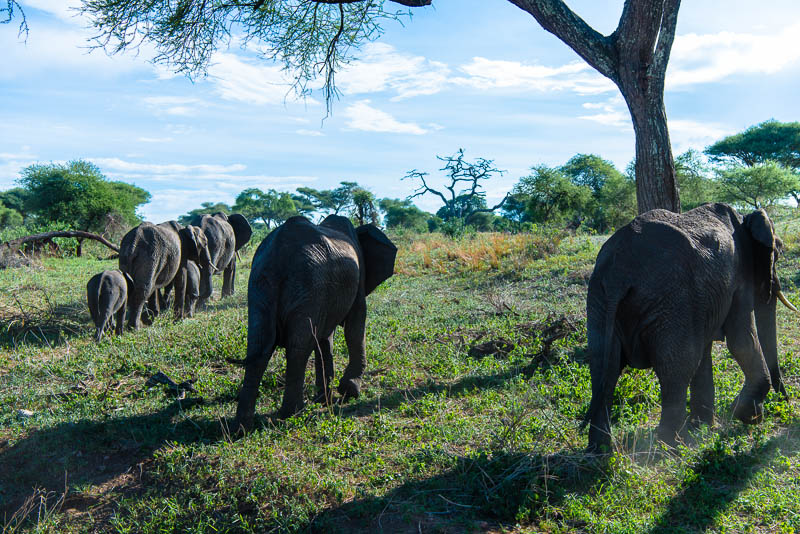
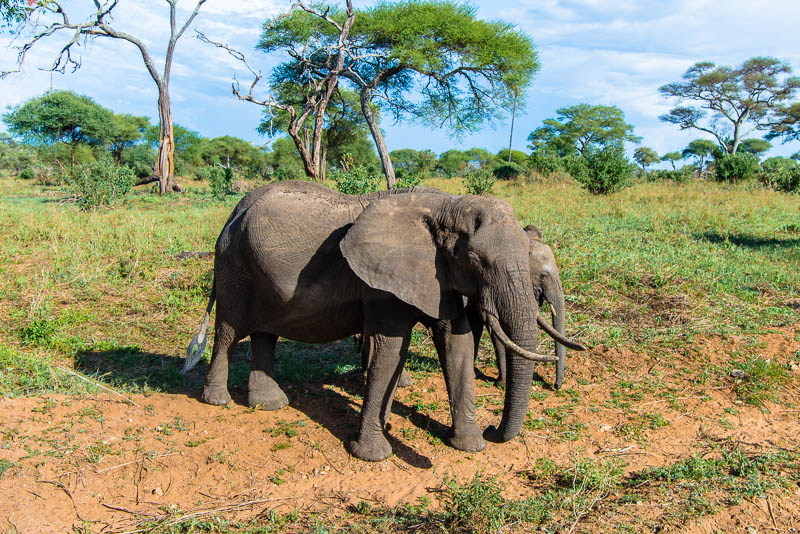
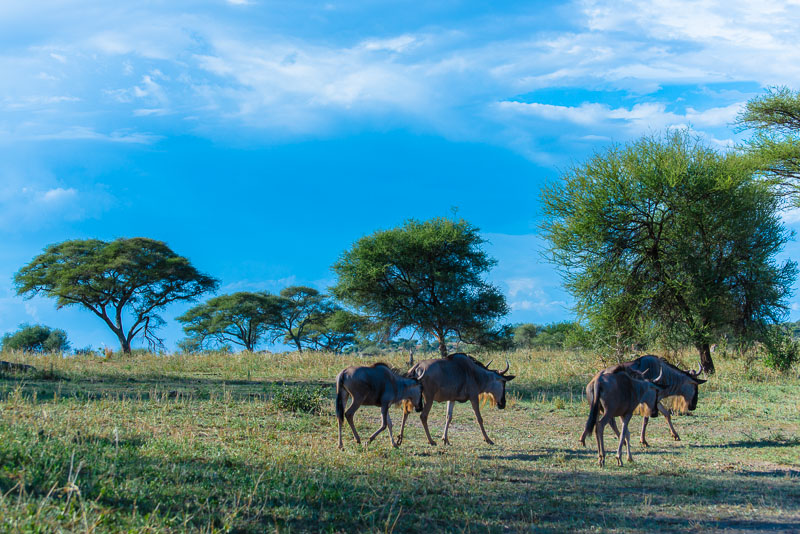
Wildbeest (Connochaetes albojubatus)
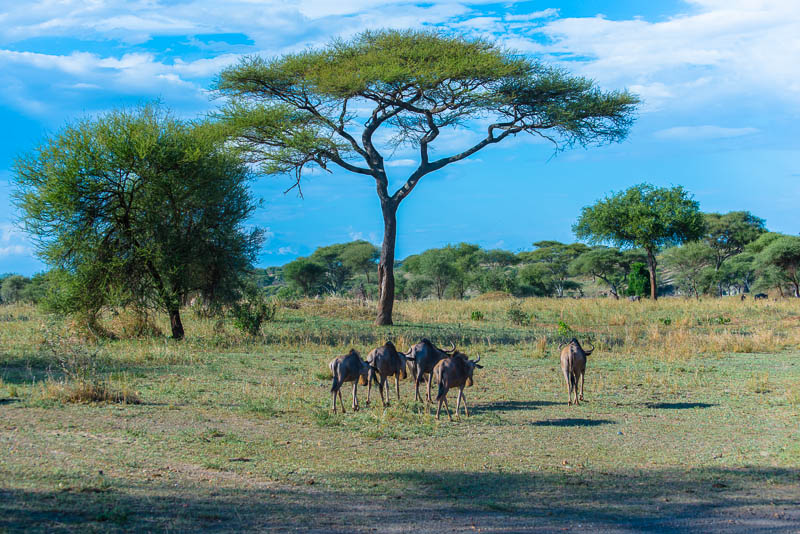
Wildbeest (Connochaetes albojubatus)
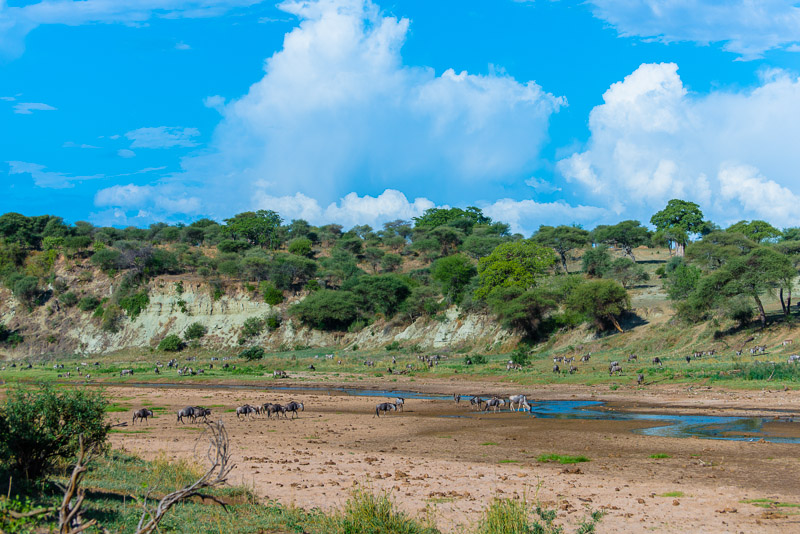
We drove to the Tarangire river. During the last hour of the day, hundreds of wild animals are gathering here fo drinking.
Panoramic picture of the Tarangire river. Click here or into the picture for a larger display.
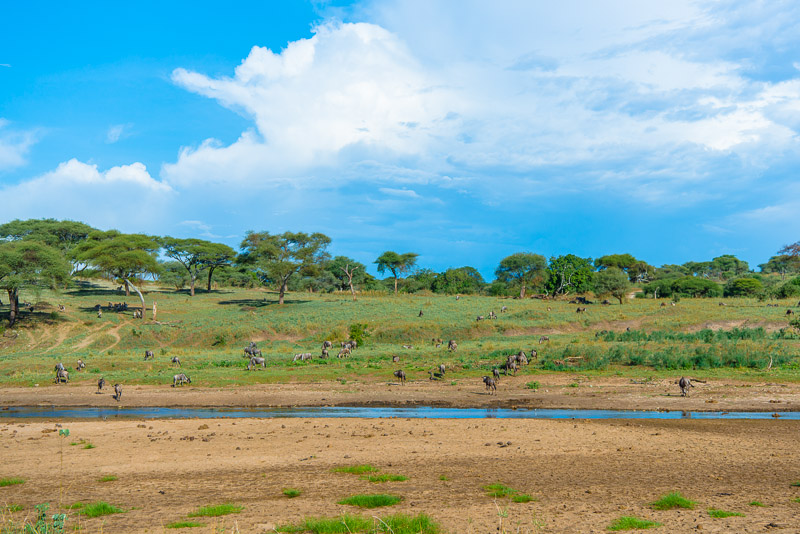
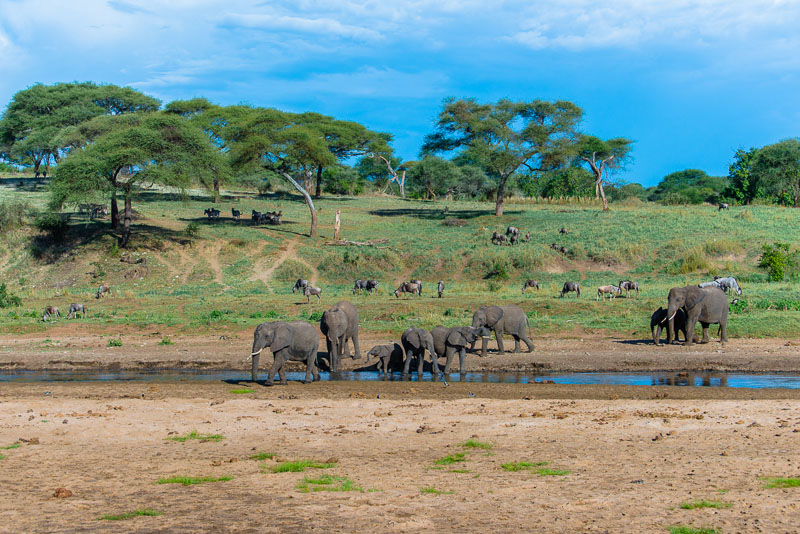
Elephants also like to come.
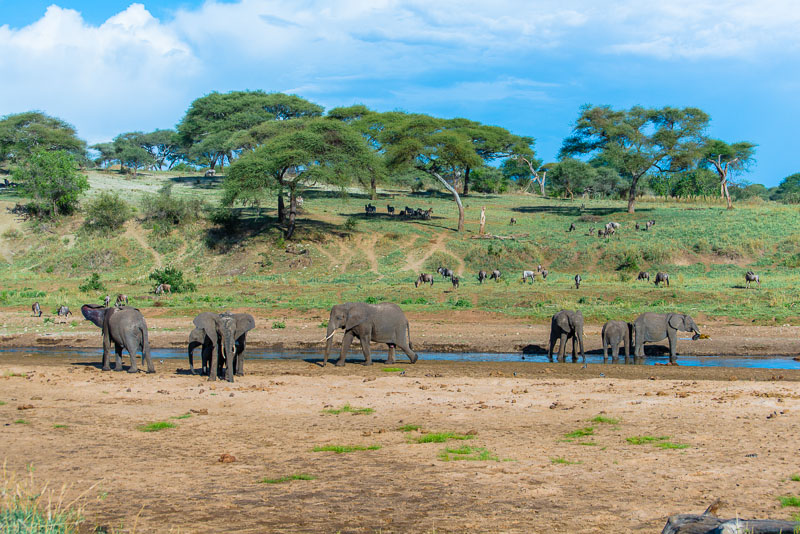
They dig holes into the sand near the river, because the filtrated water has a better taste than the river water. Being there, they excrete the seeds of the palm trees, so young palms can grow. However, as elephants love thje yung palm plants, they cannot survive here for long. The seeds are washed down the river with the high water of the rain season and afterwards germinate and grow along Lake Mayara, because there are much less elephants there.
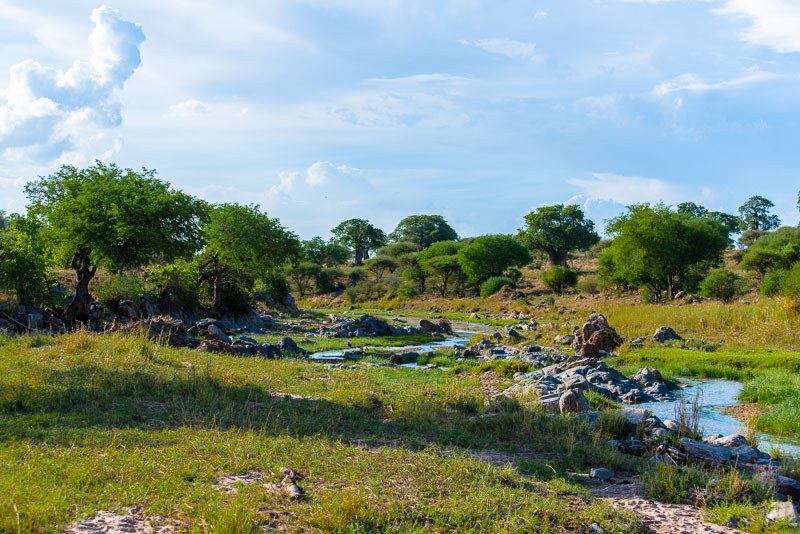
Tarangire river
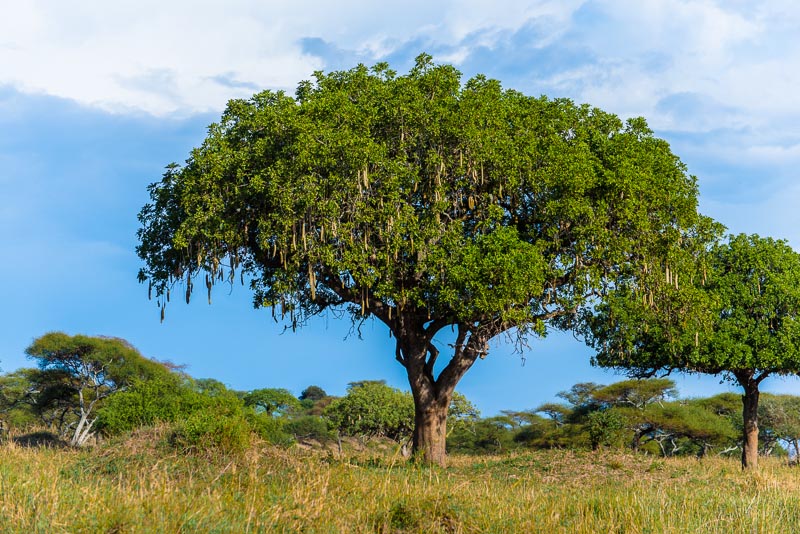
Another sausage tree.
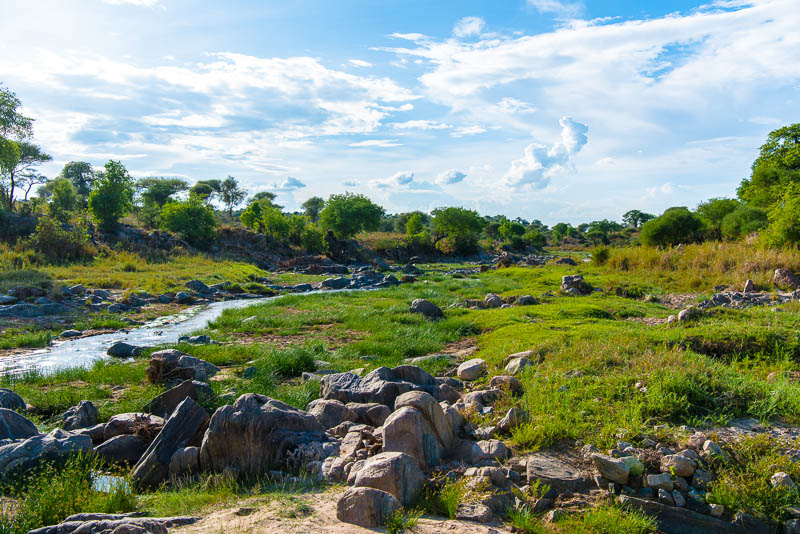
Tarangire river, where we cross it on a narrow bridge.
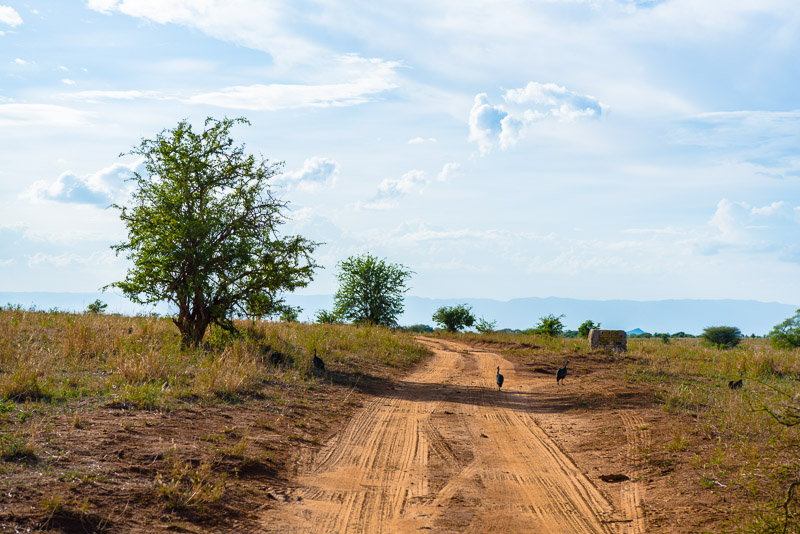
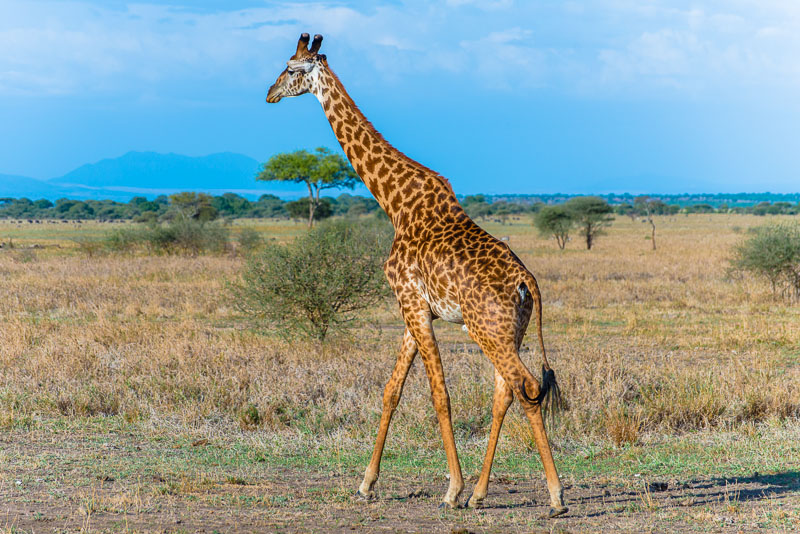
The Tanzanian variant of Giraffe (Masai Giraffe, Giraffa tippelskirchi). Since 2016, 4 different Giraffe species have been defined.
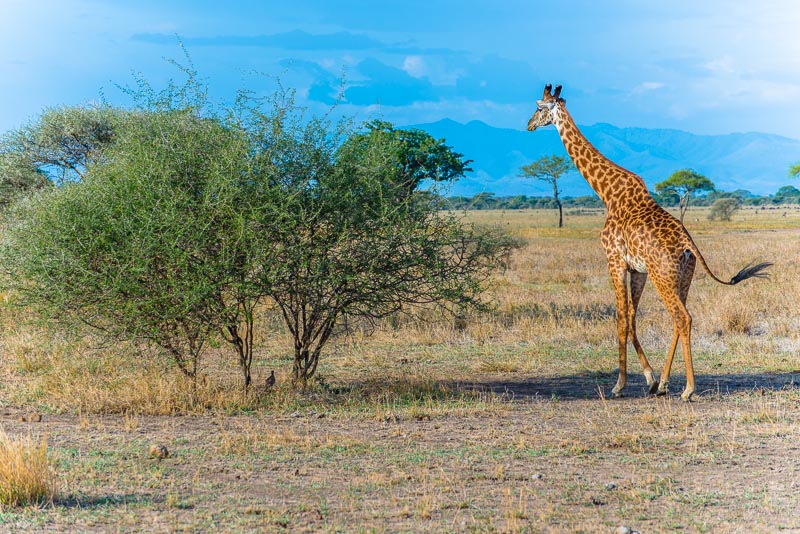
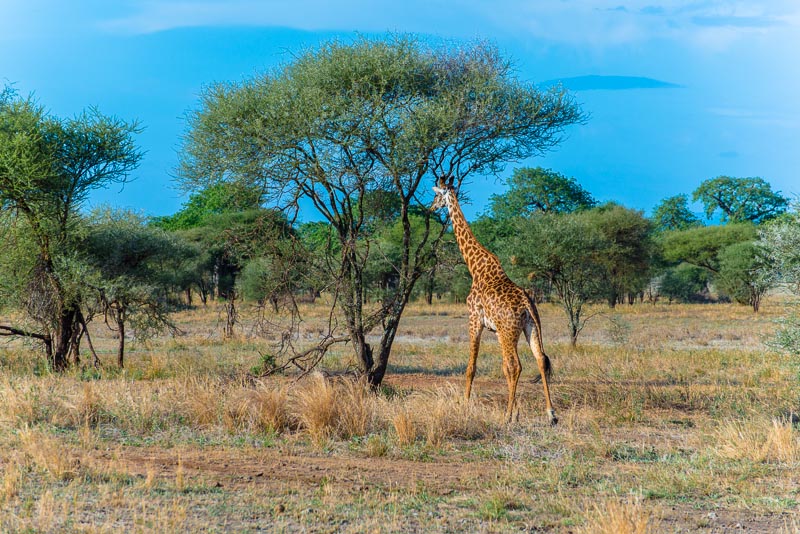
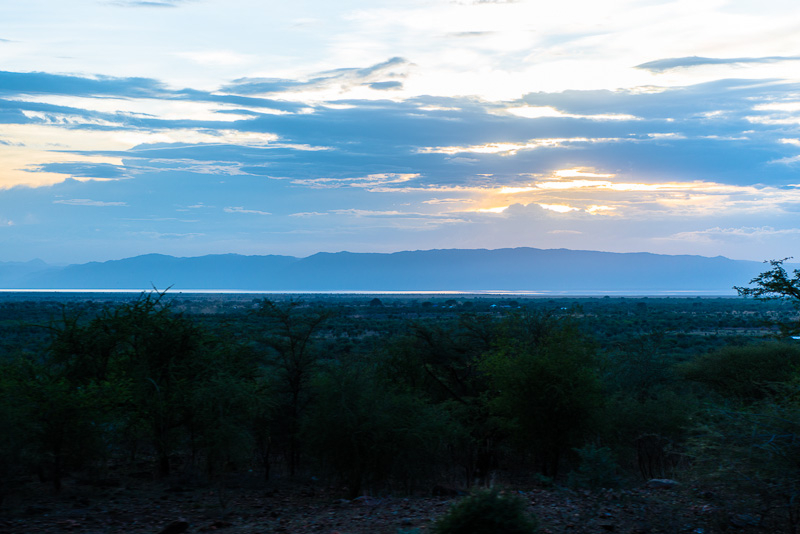
In the evening, we drive further heading for the Ngorongoro crater. En route on a hill a nice view to Lake Manyara.